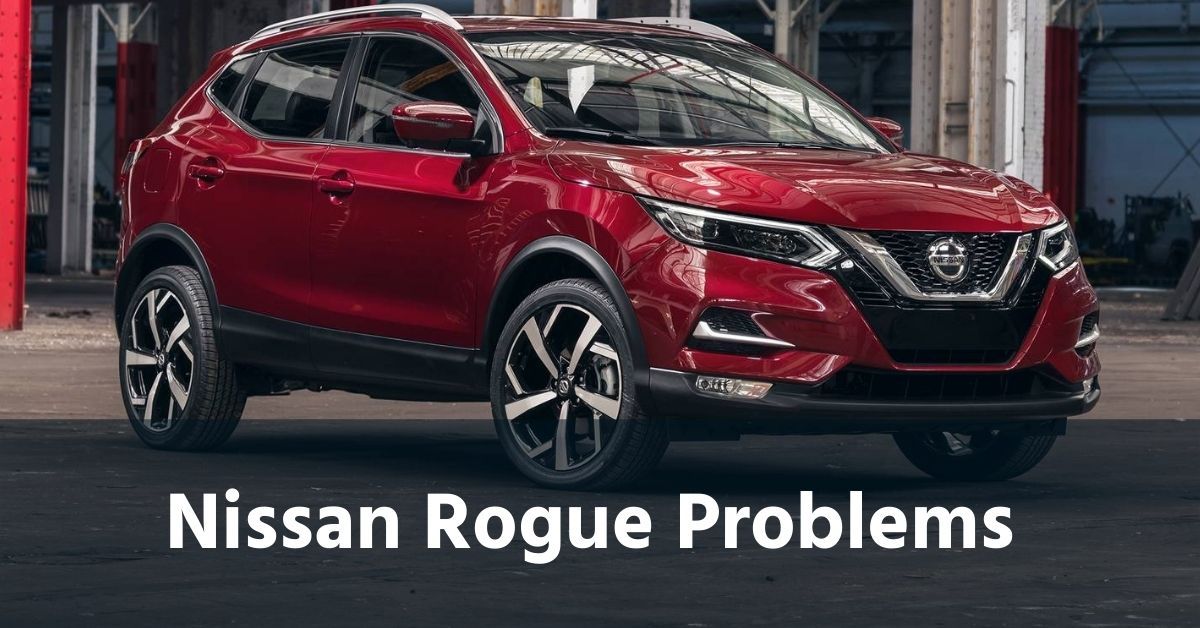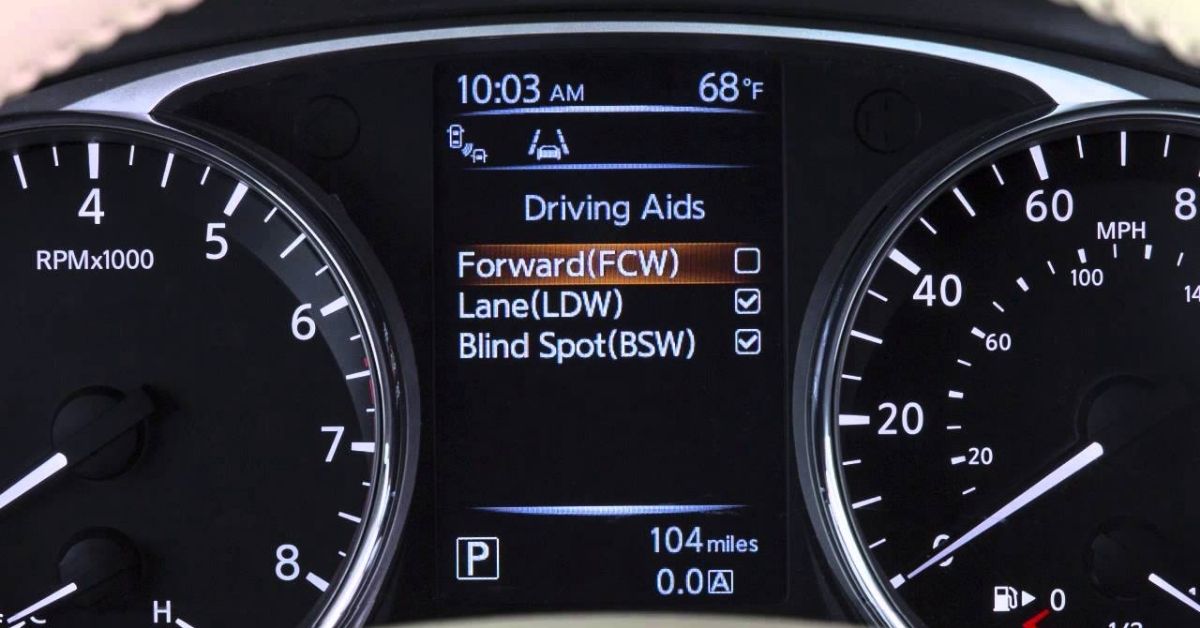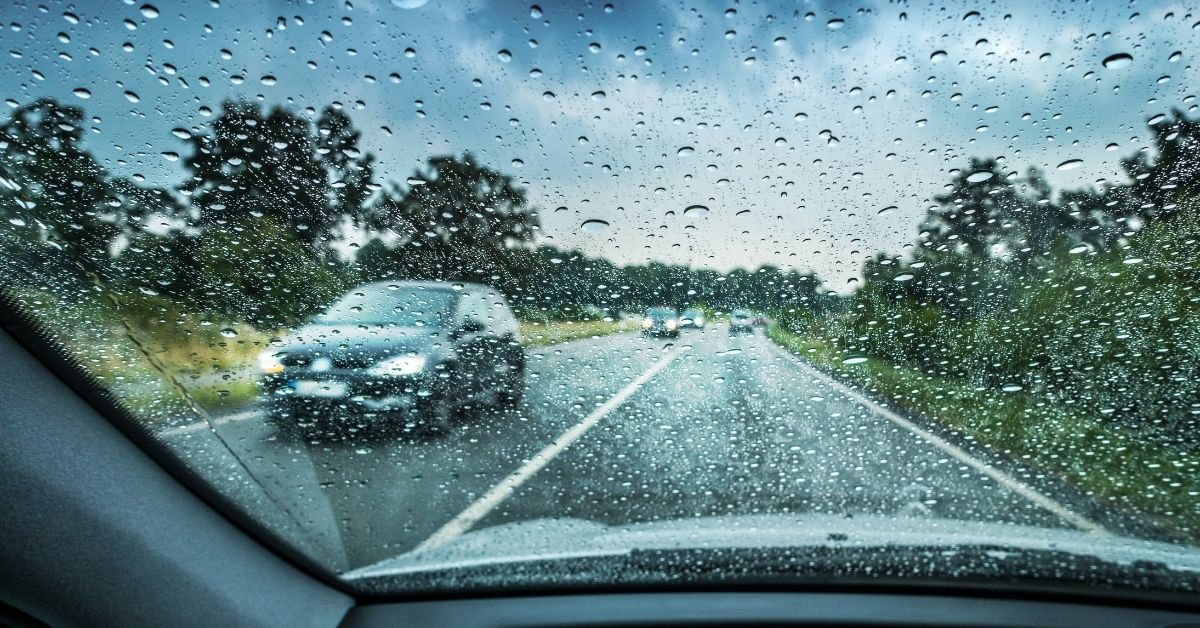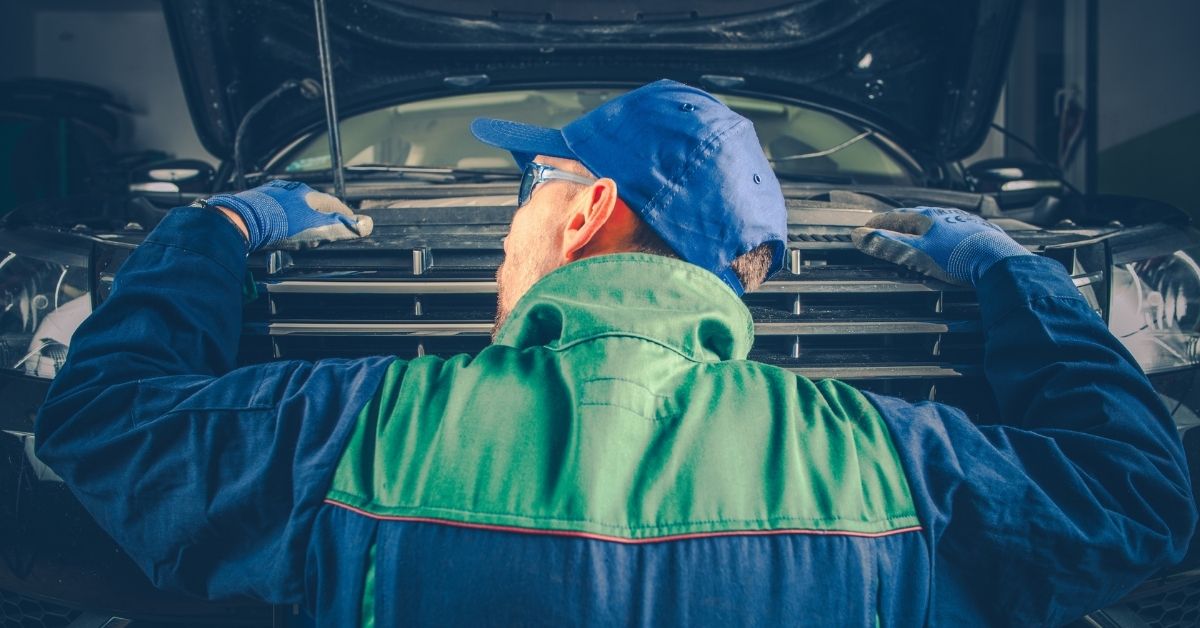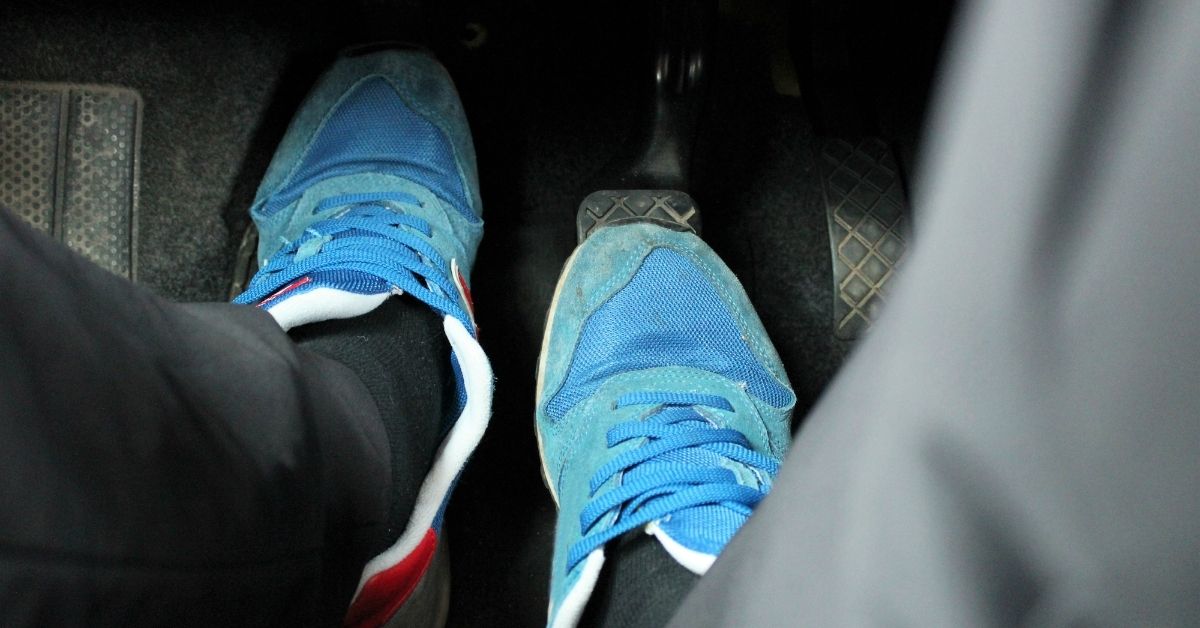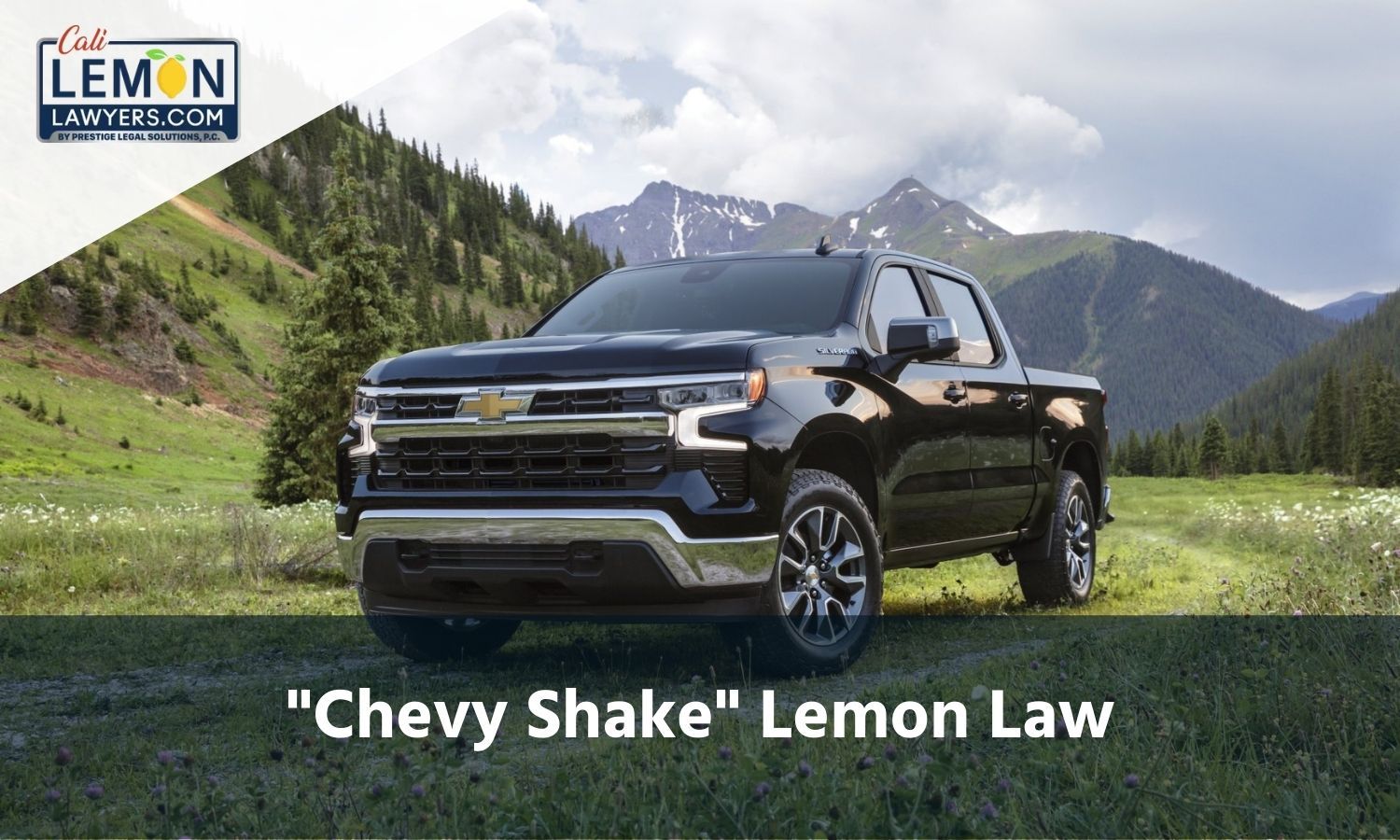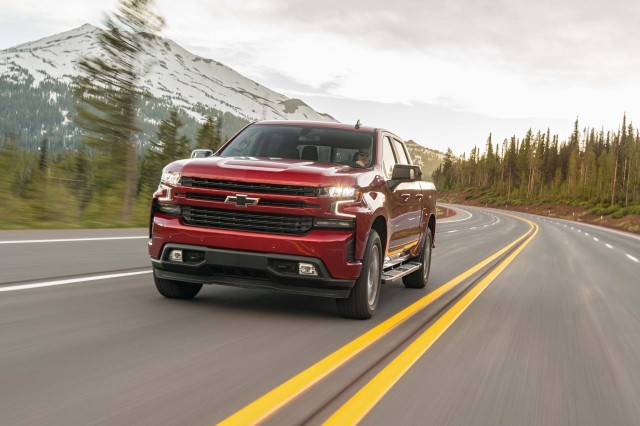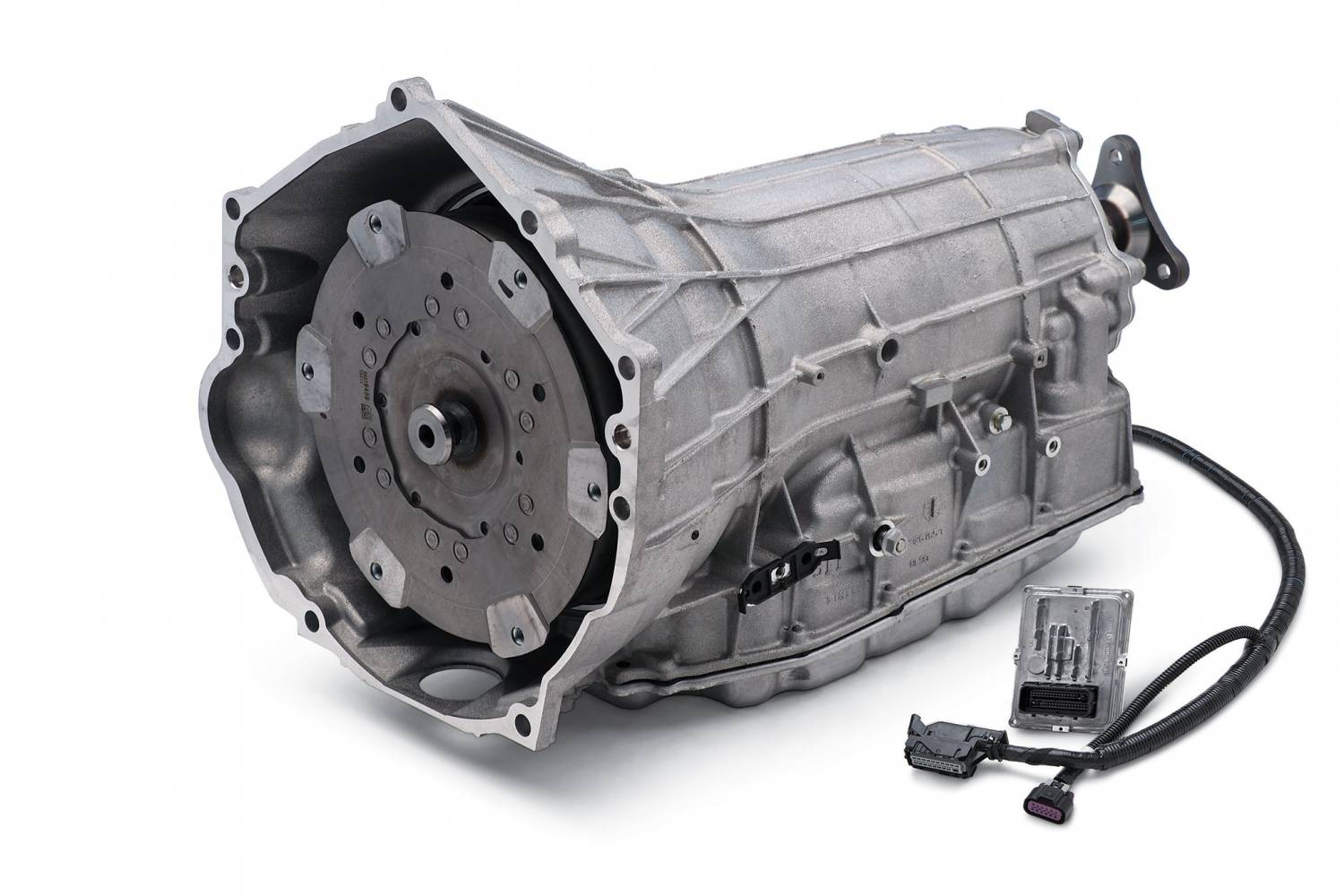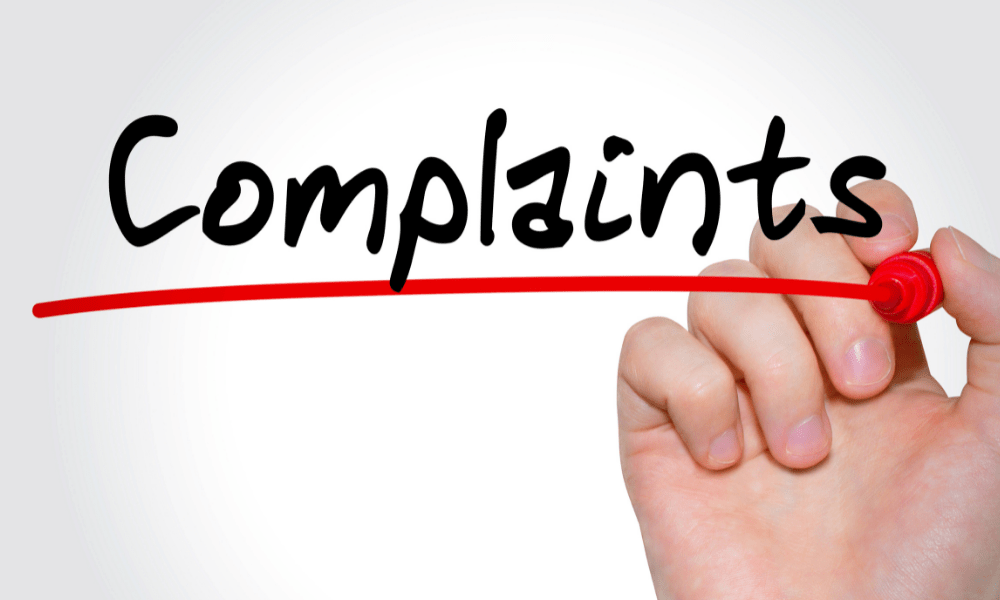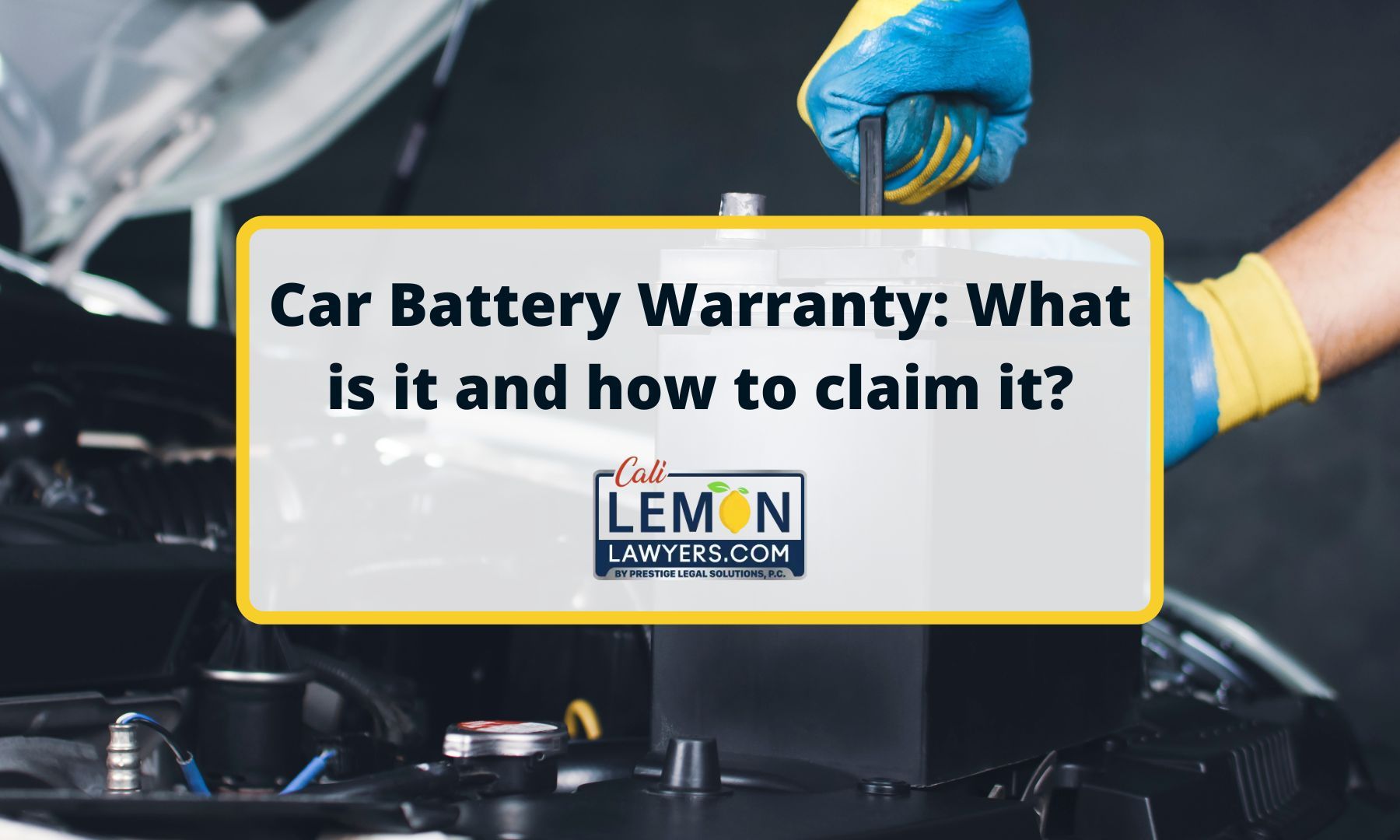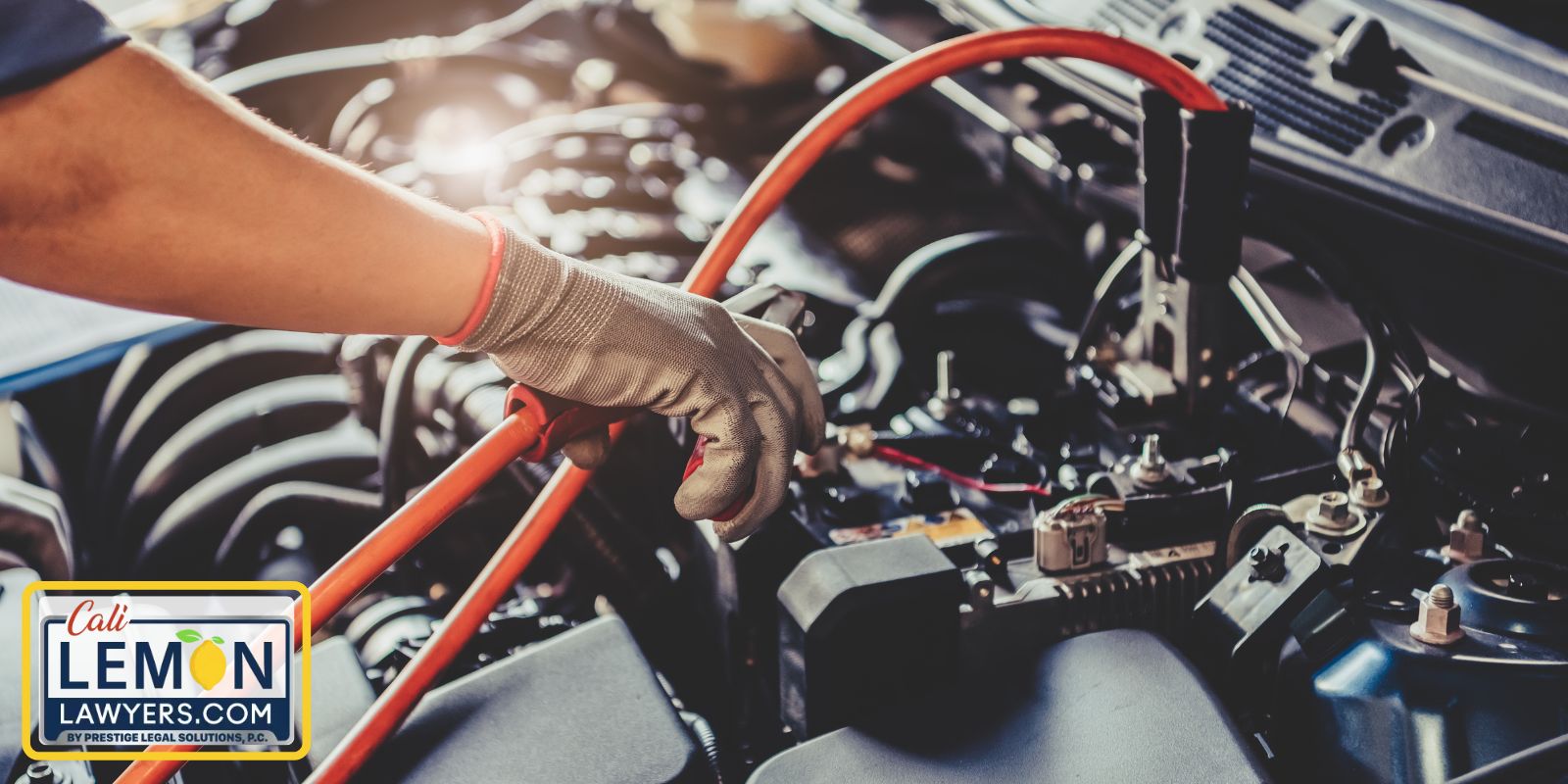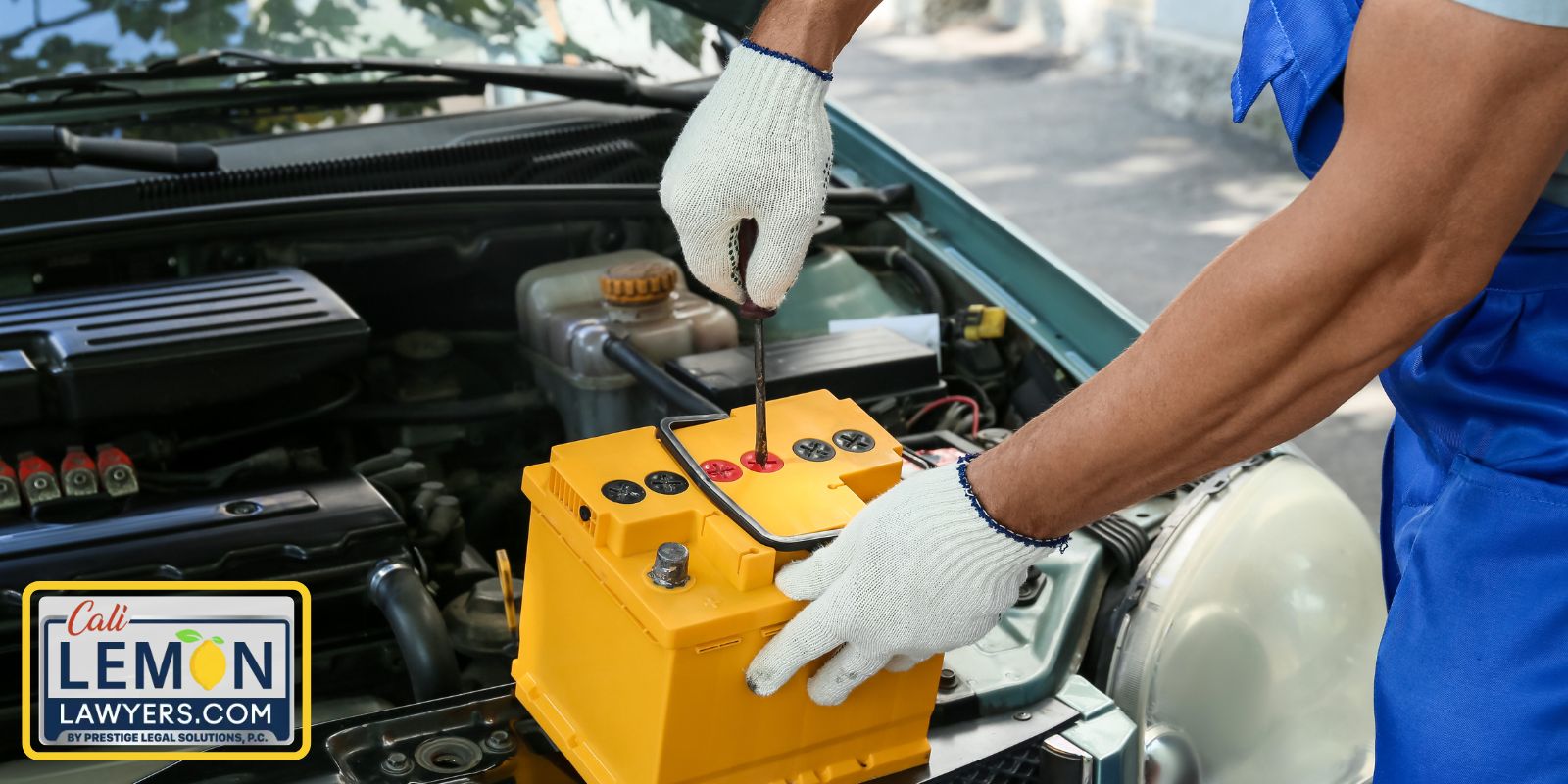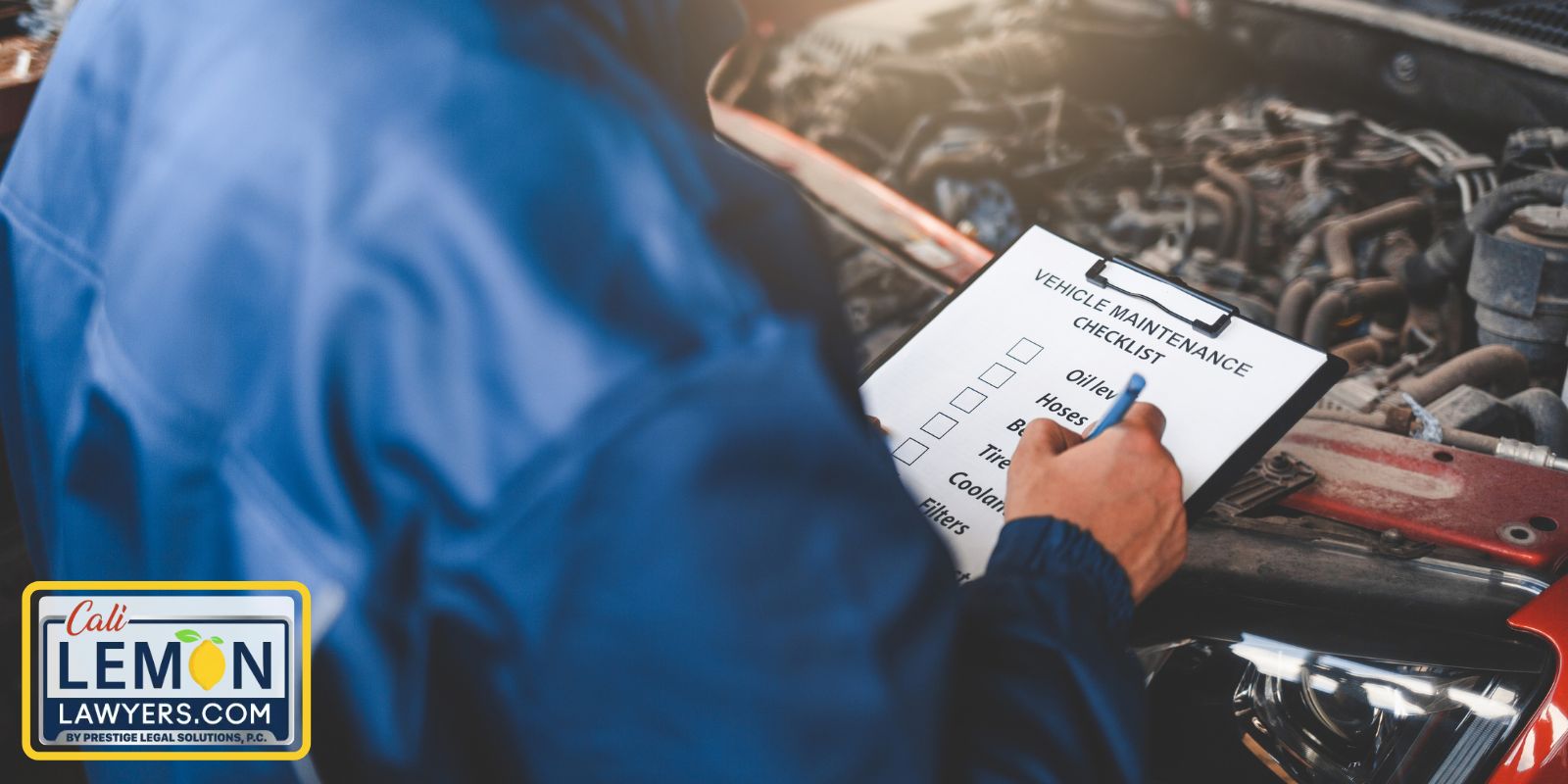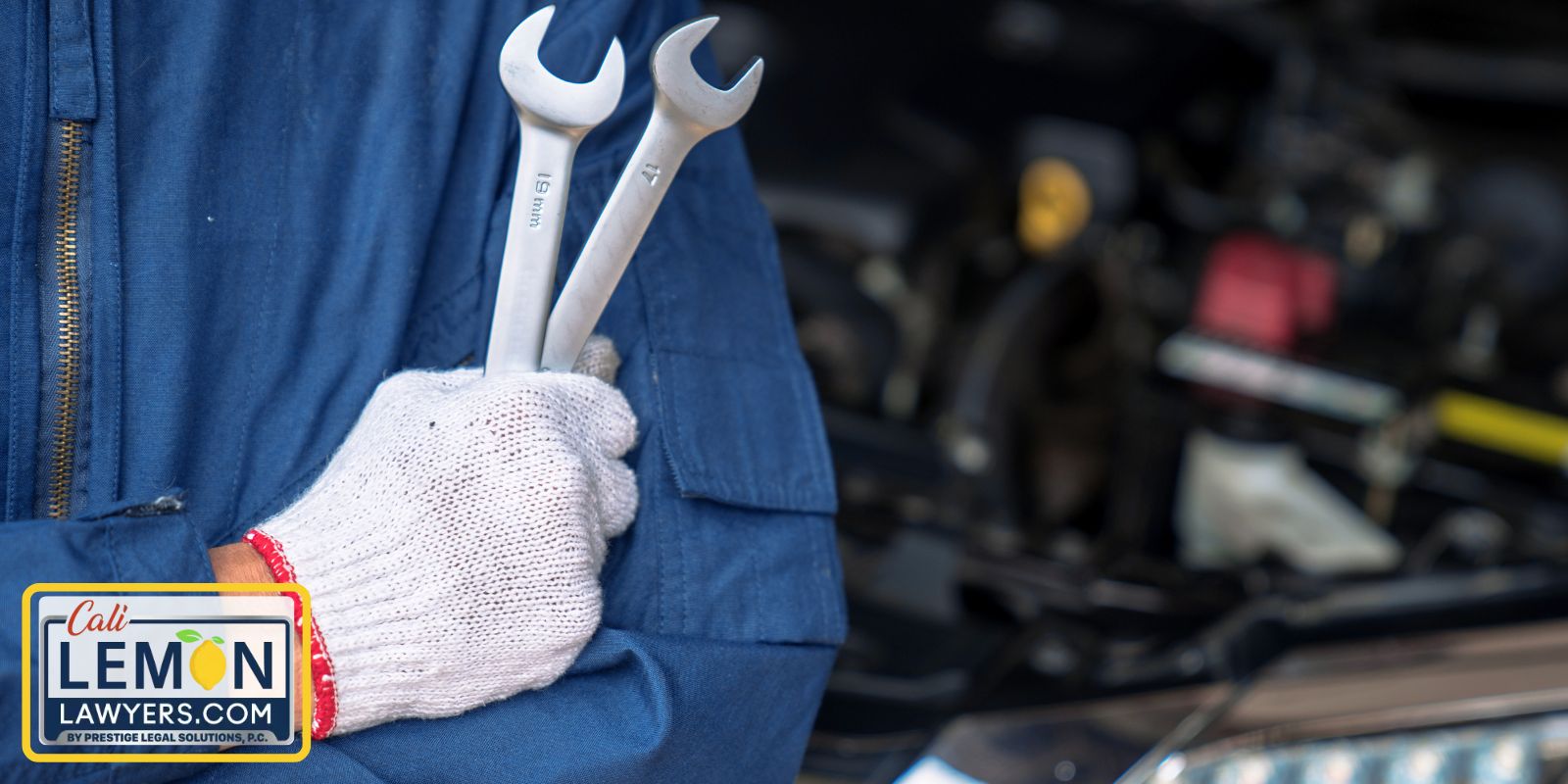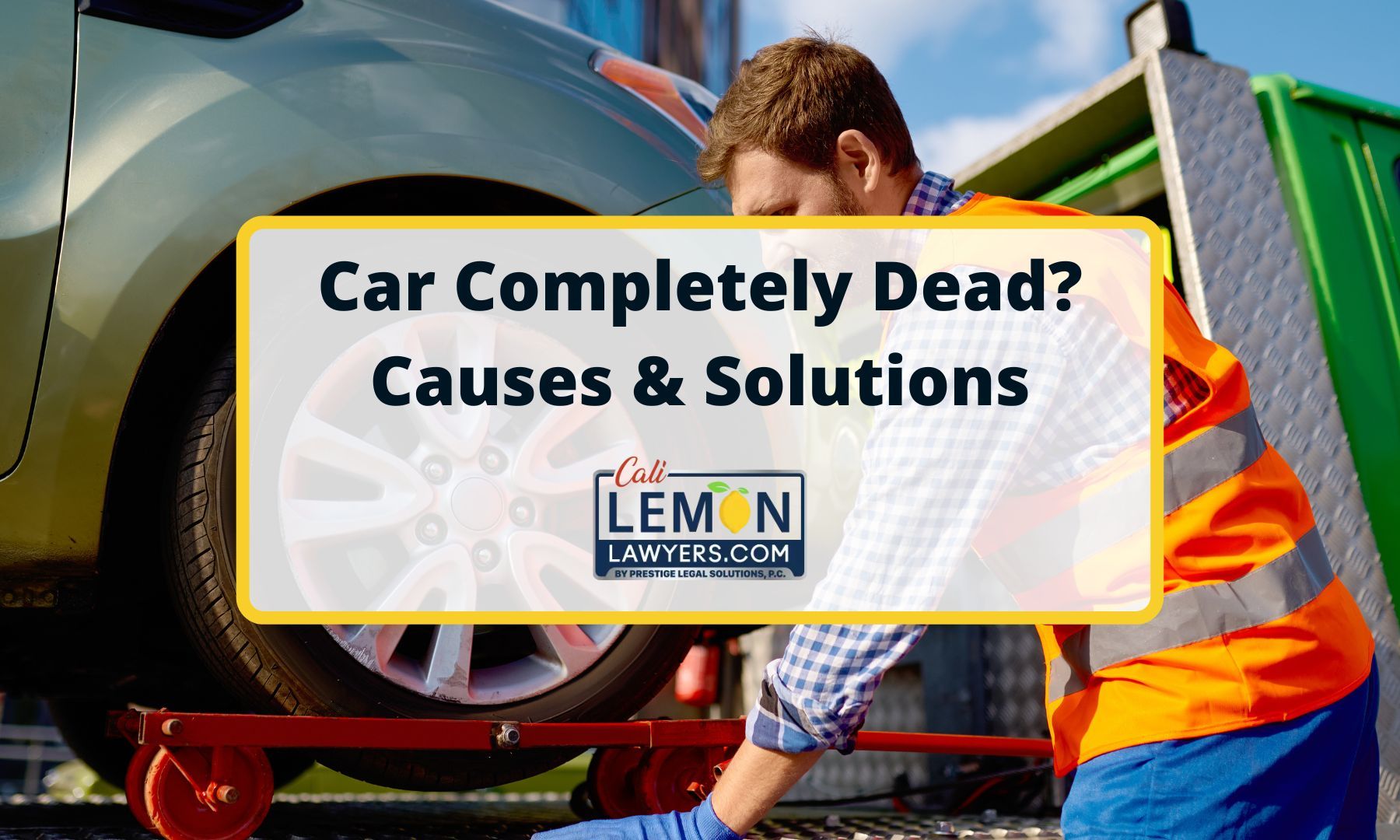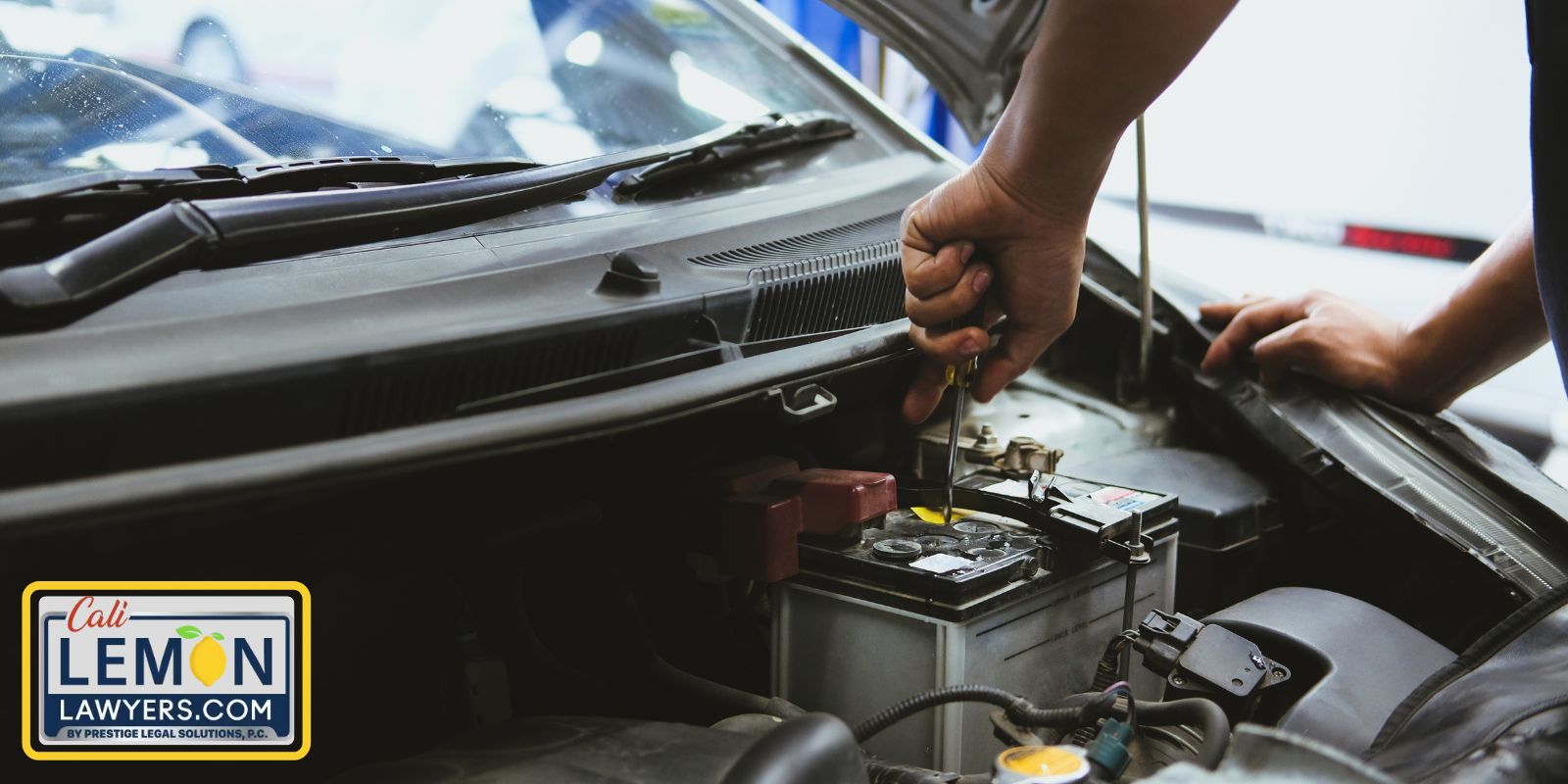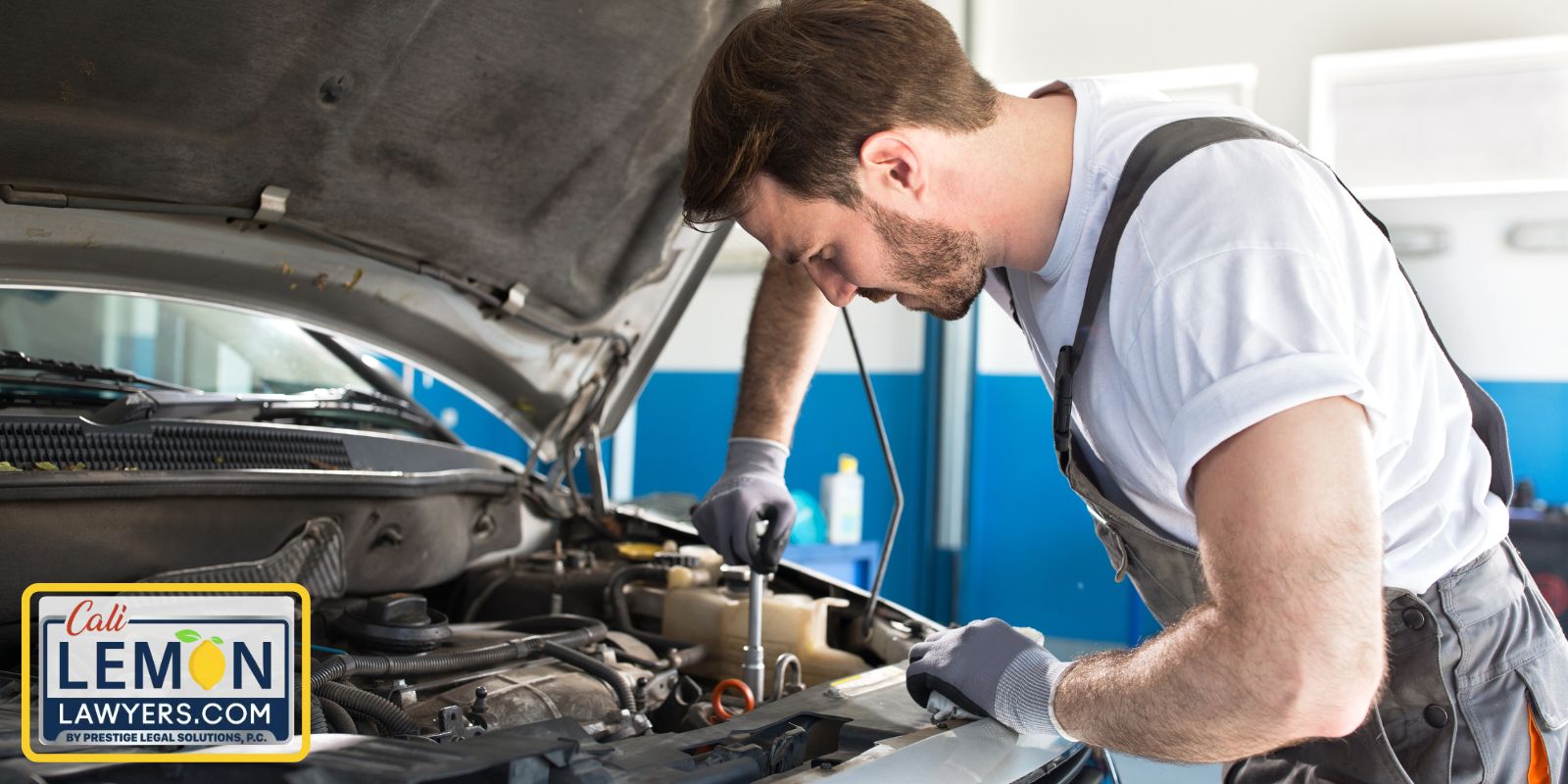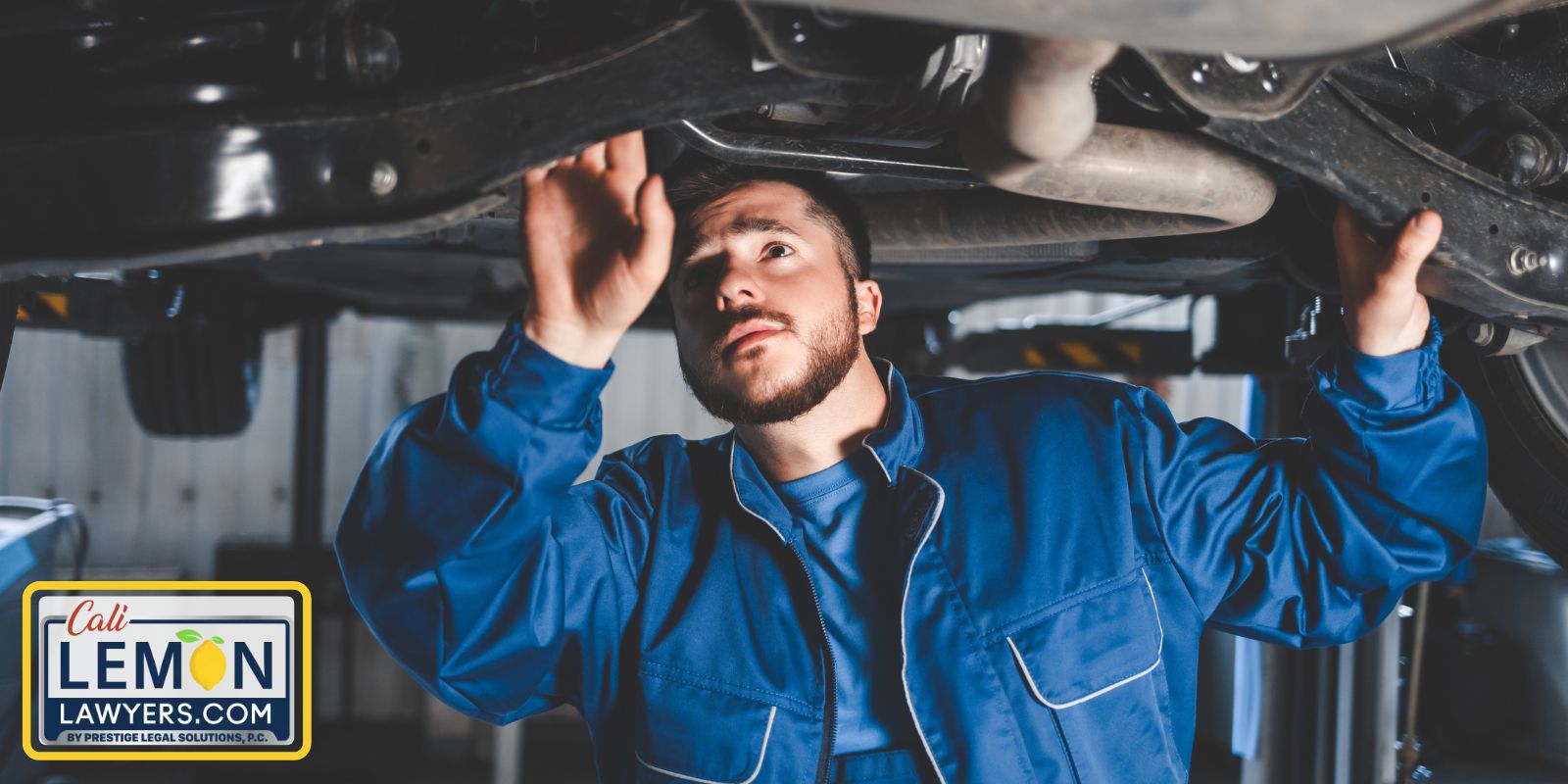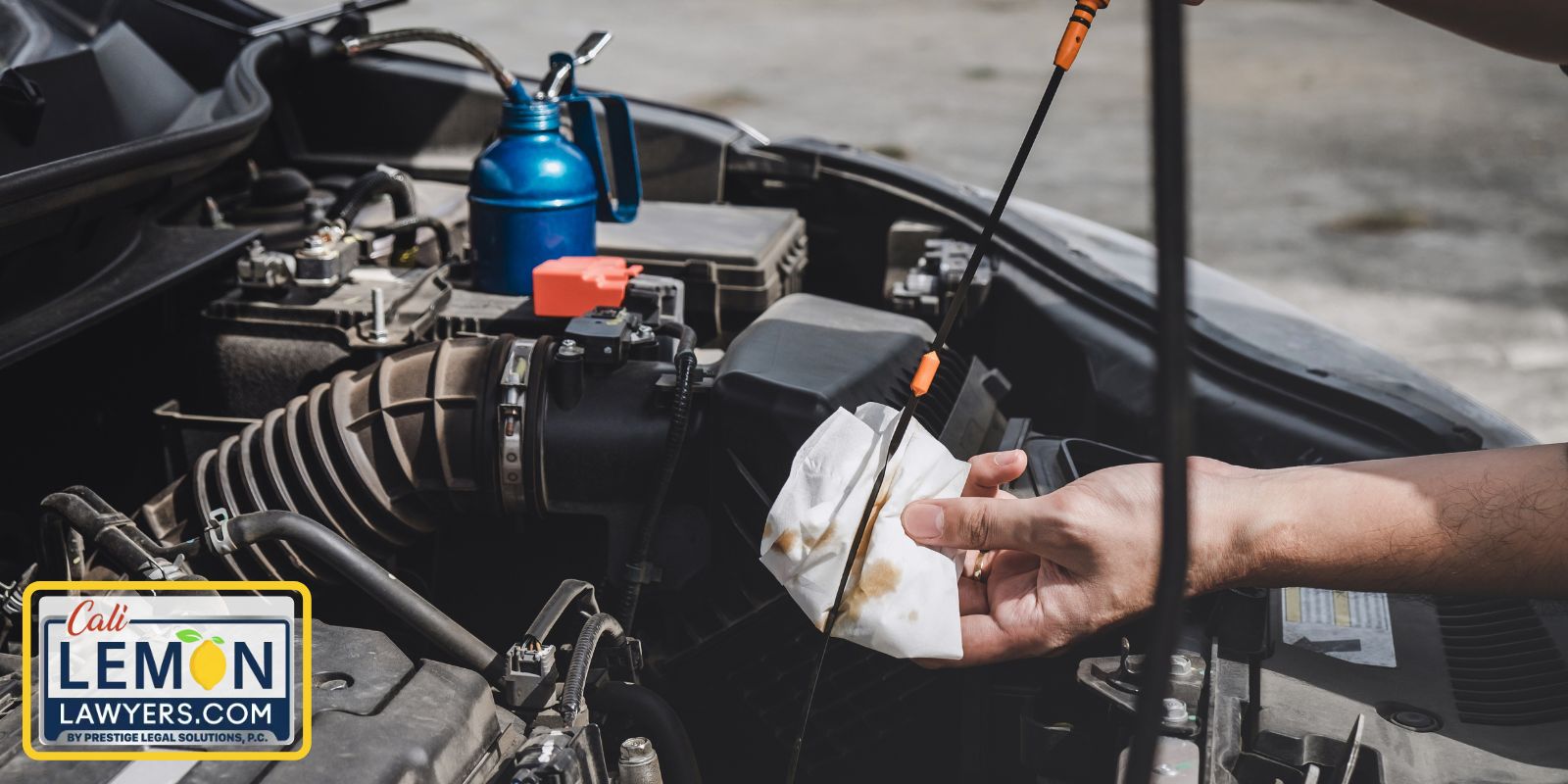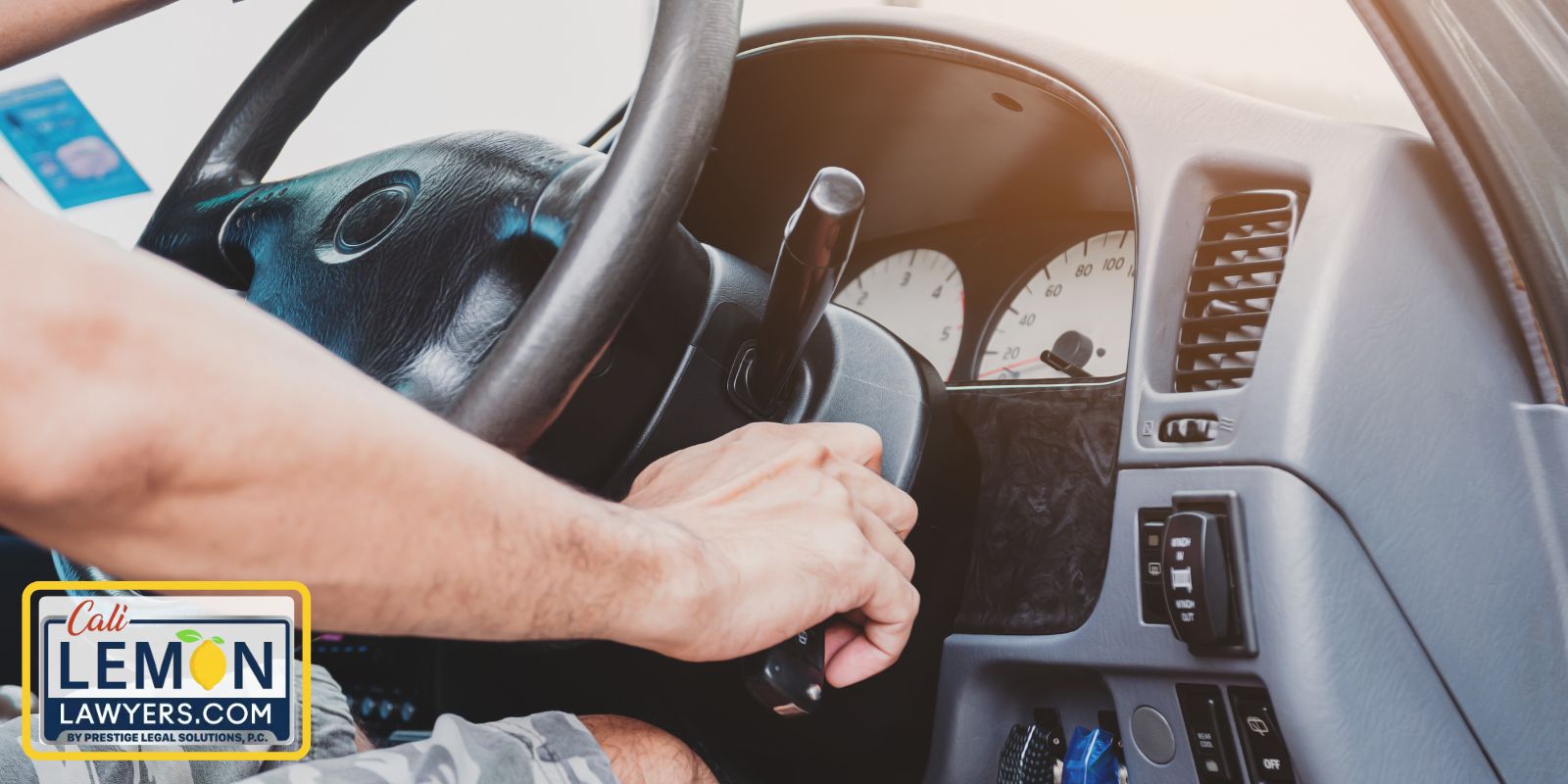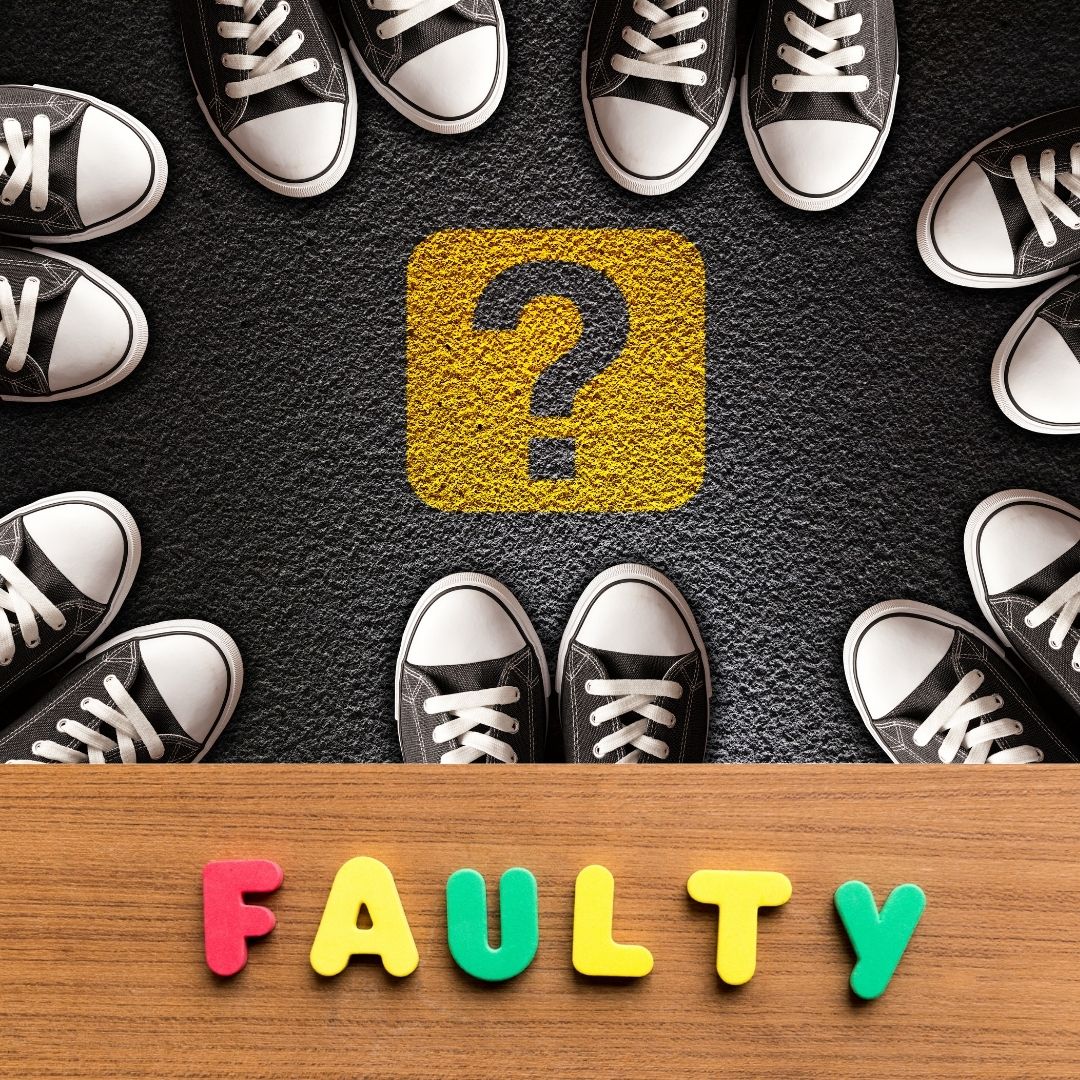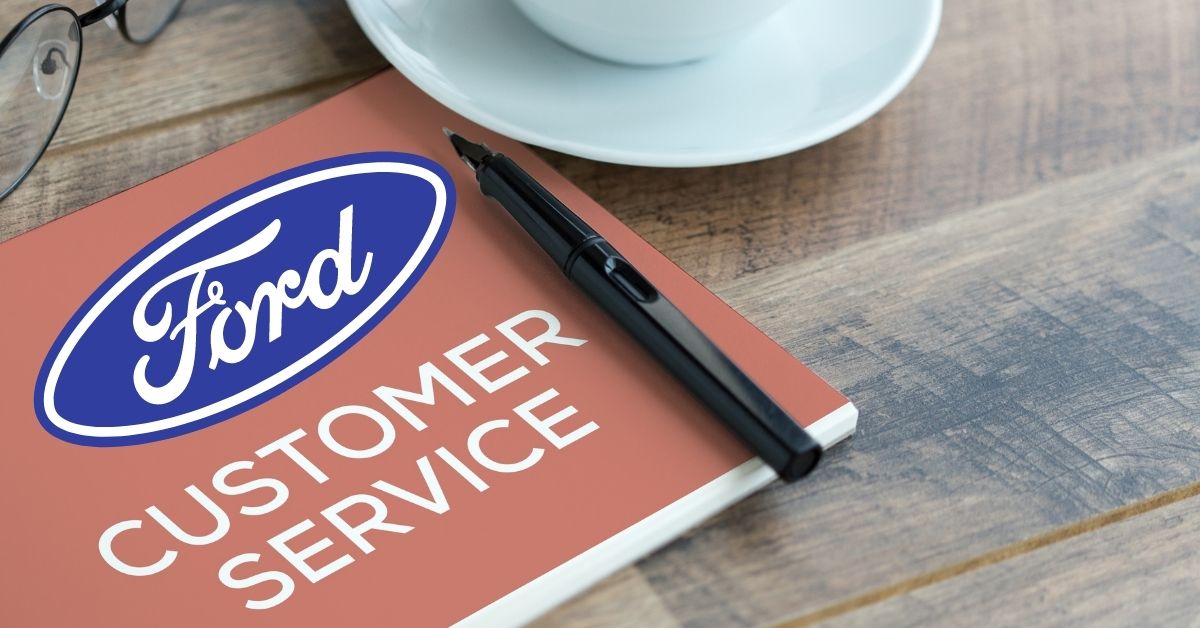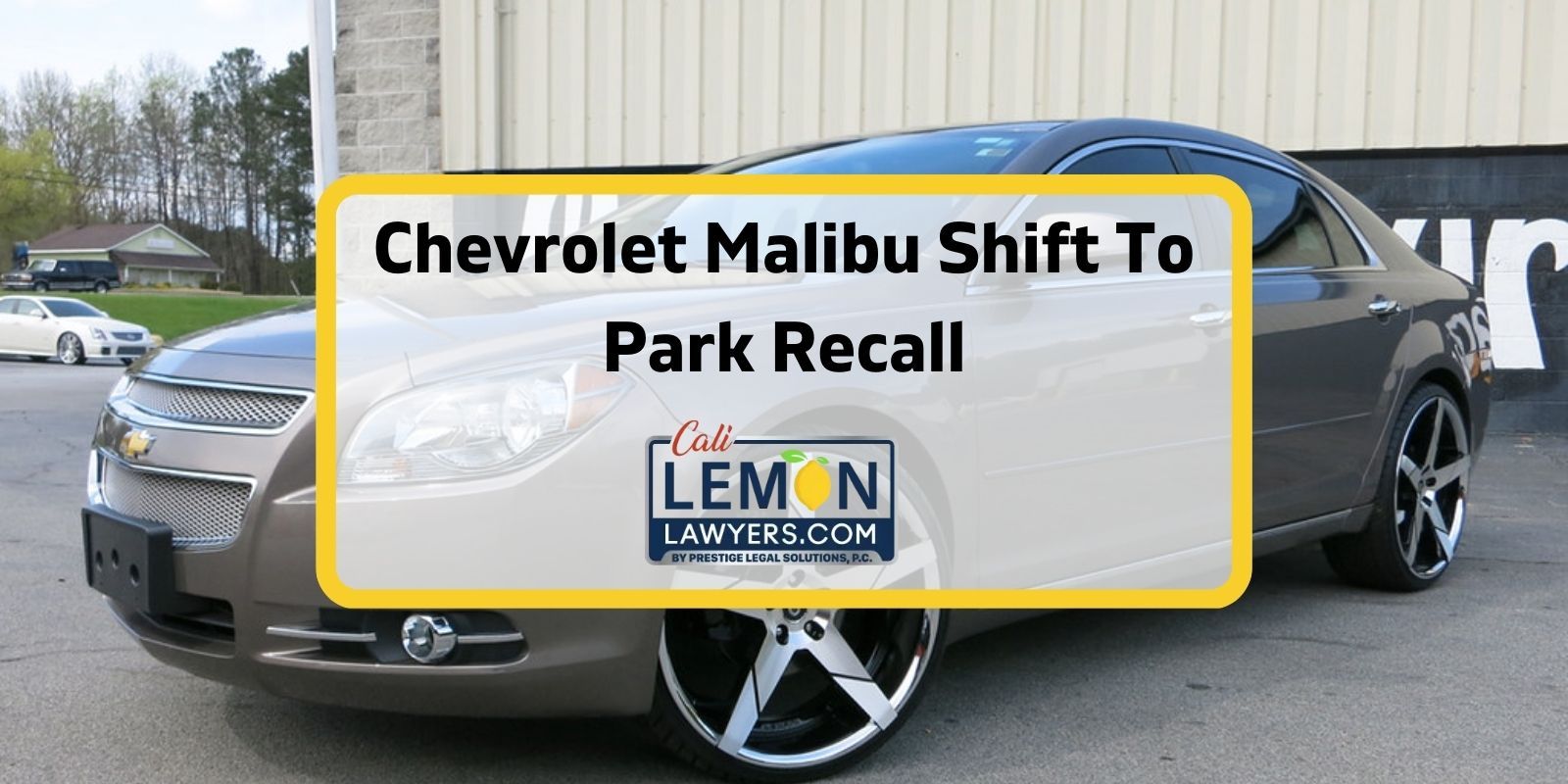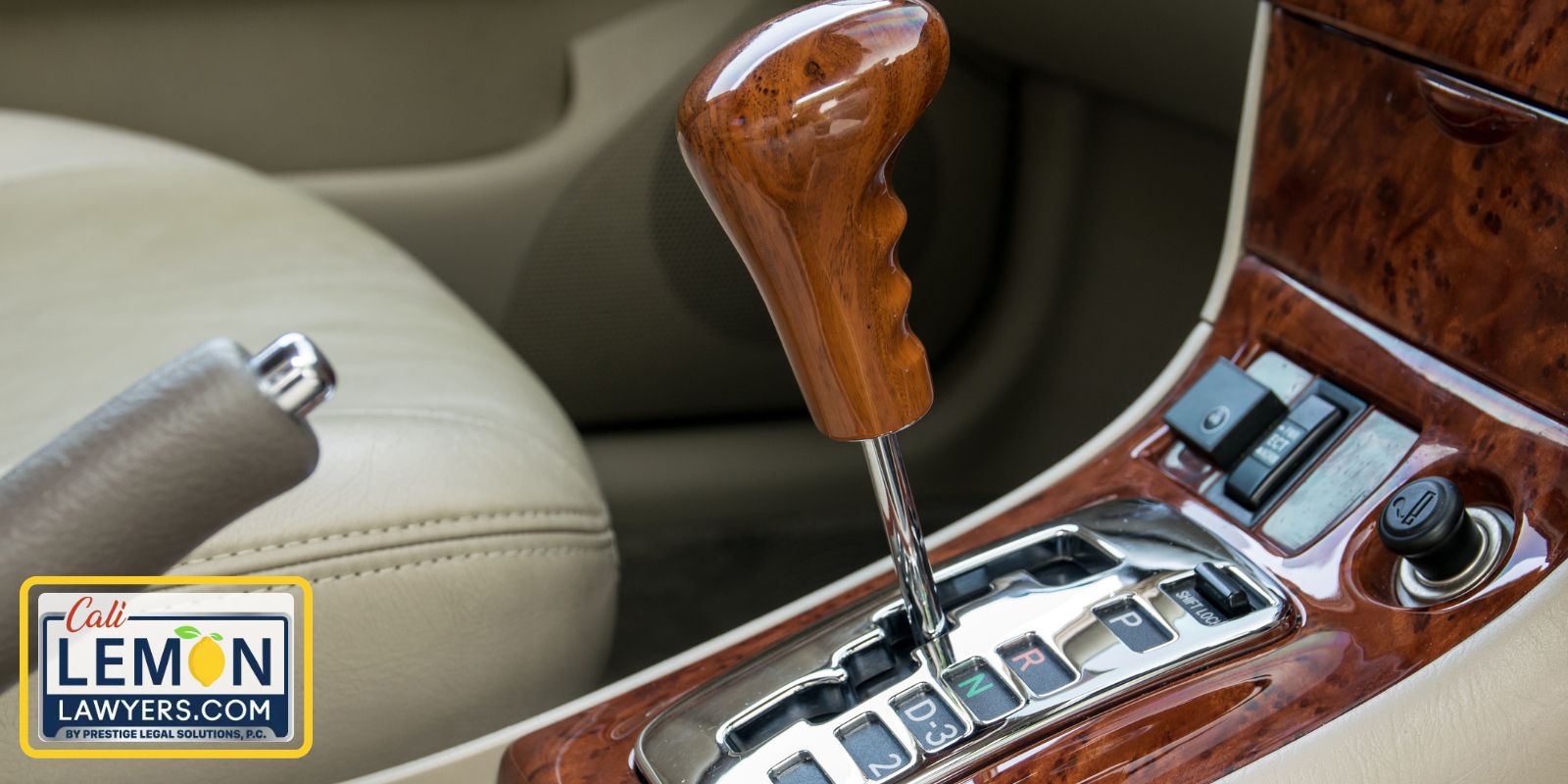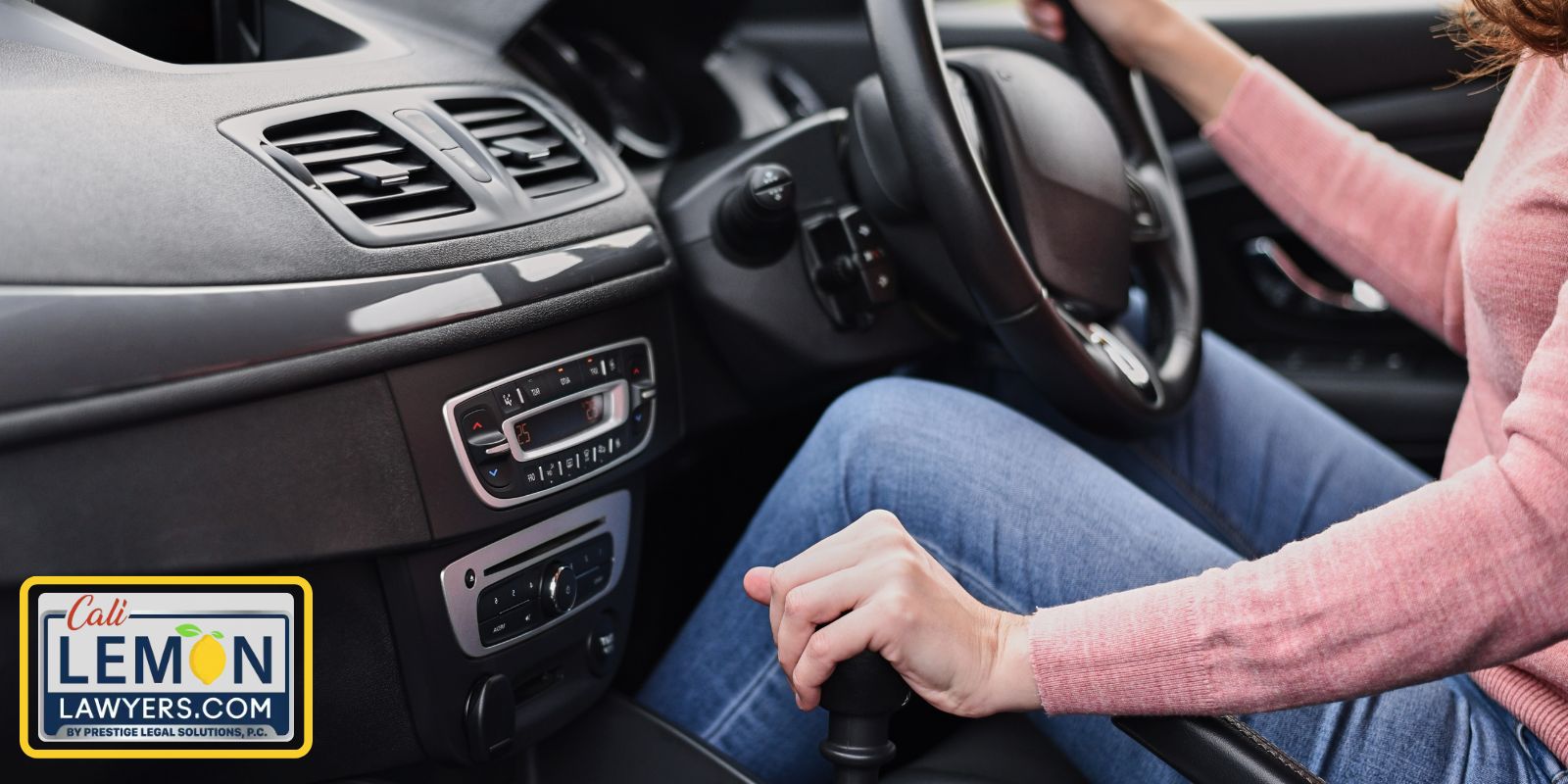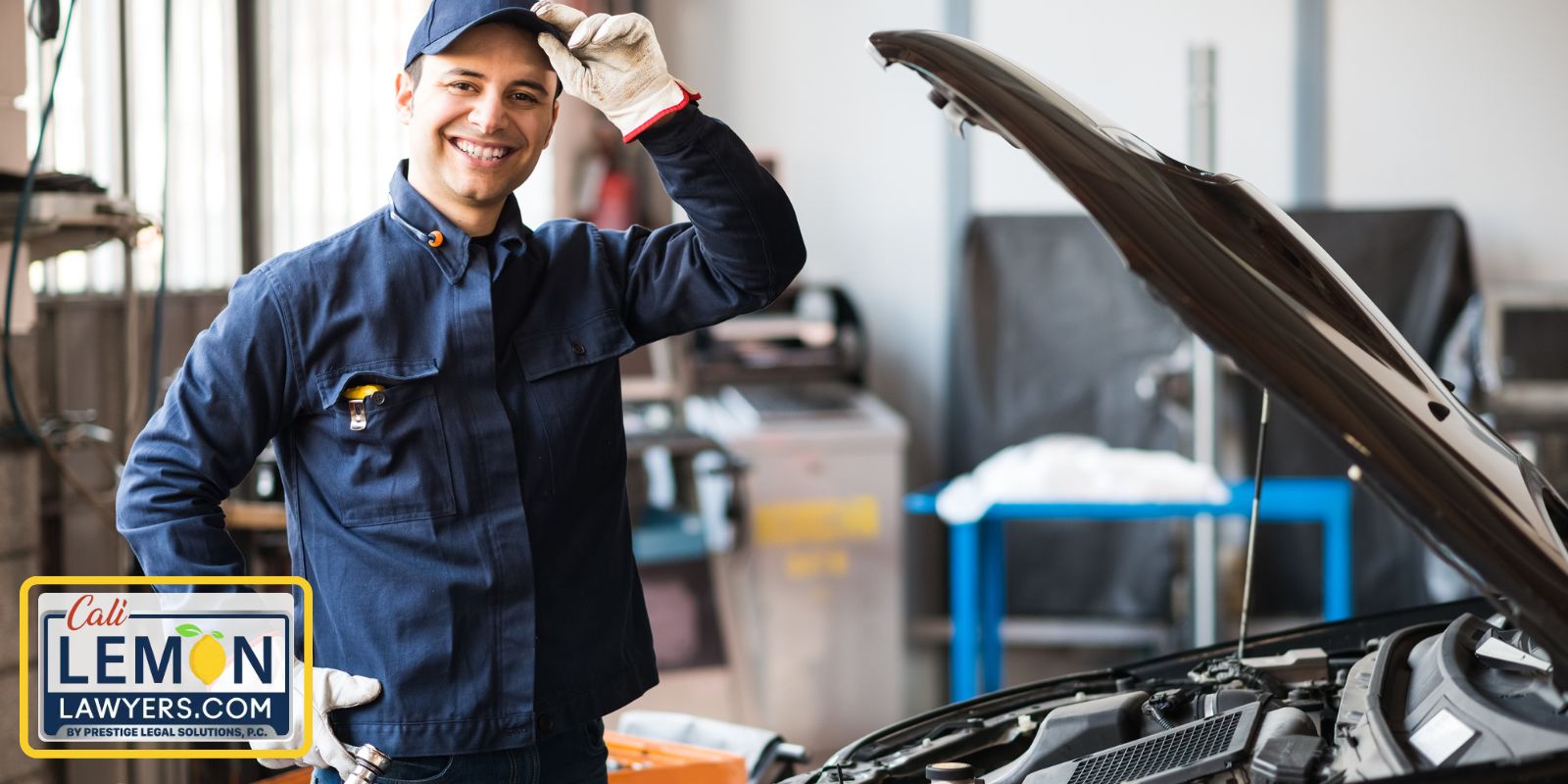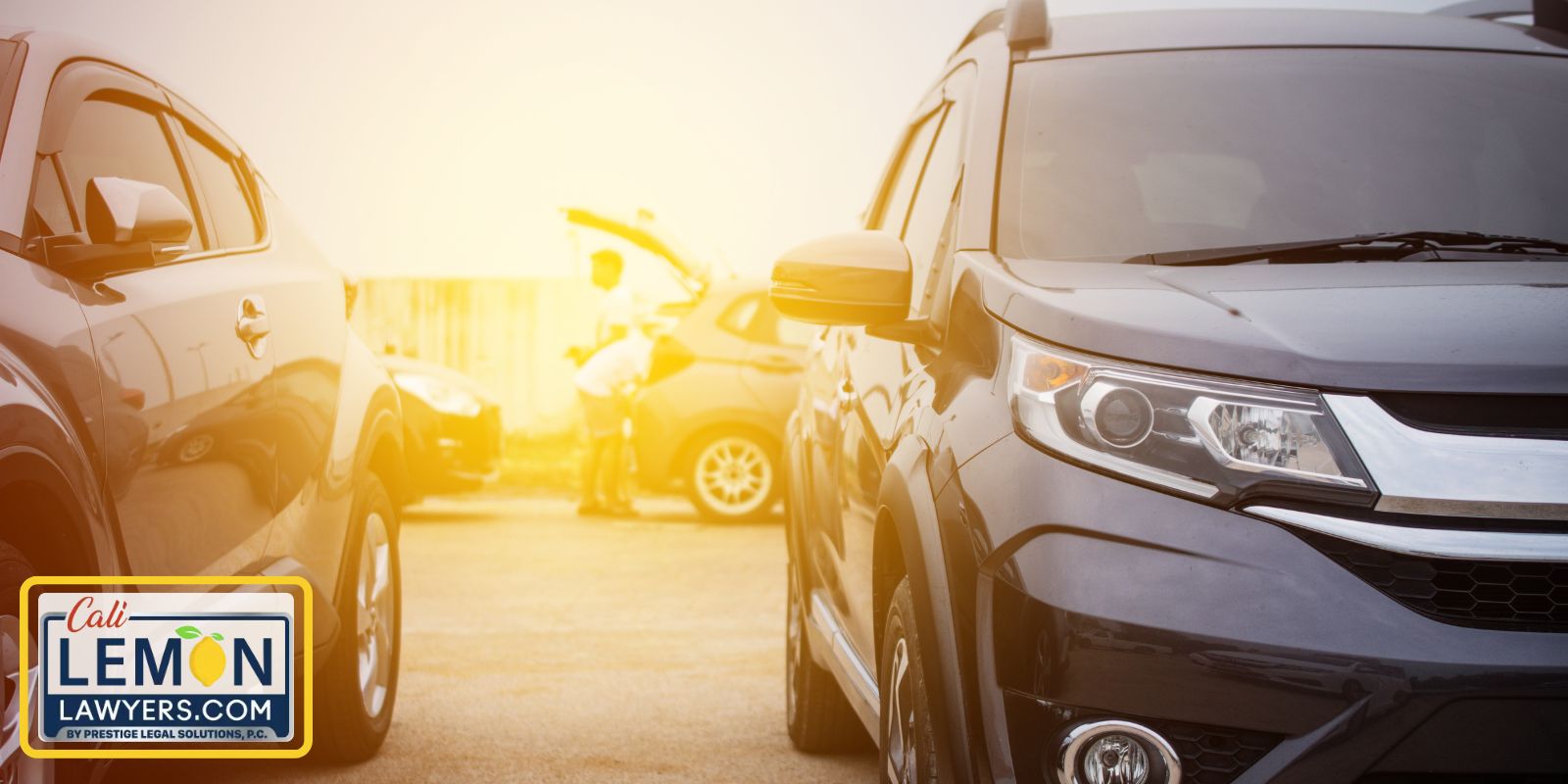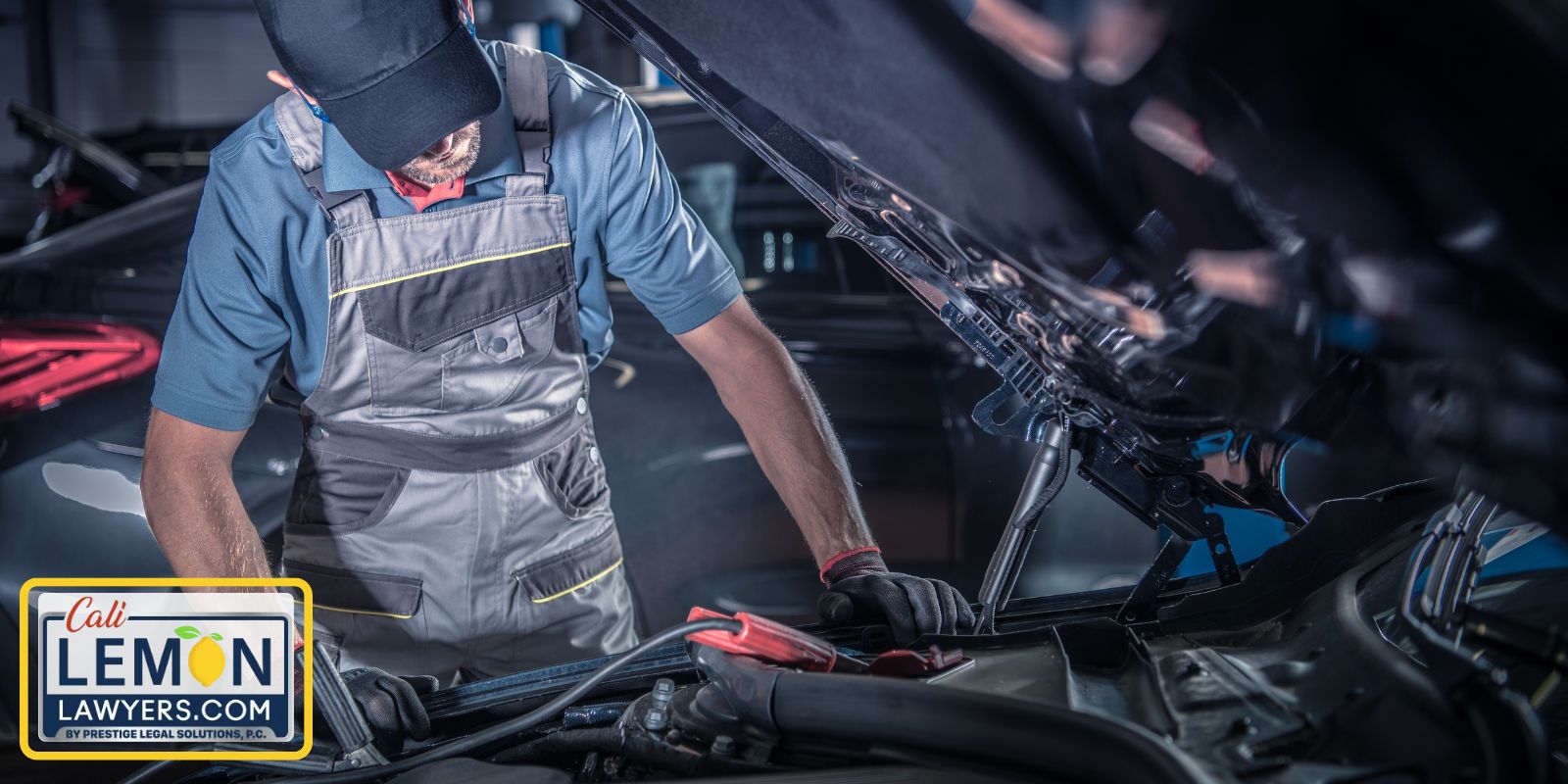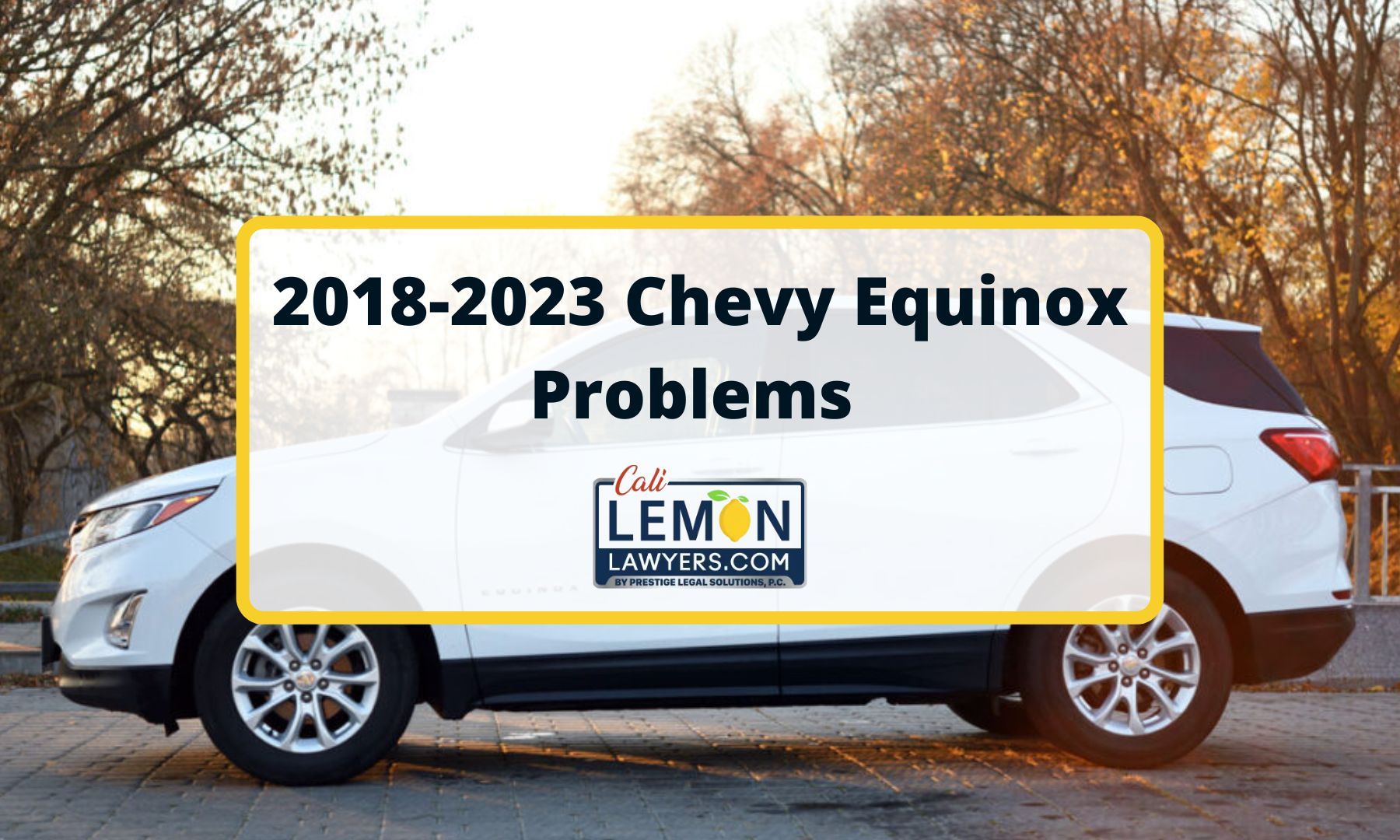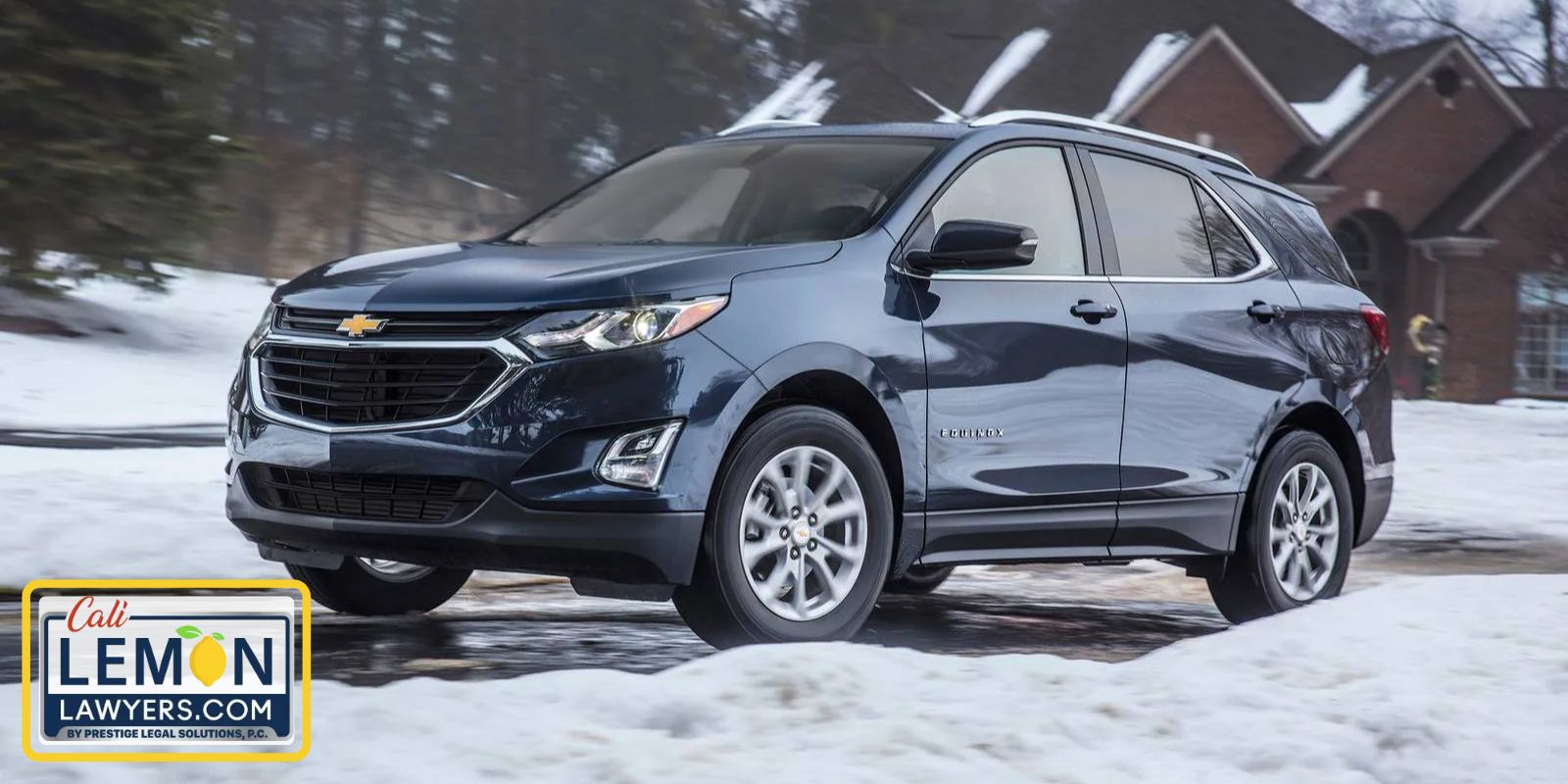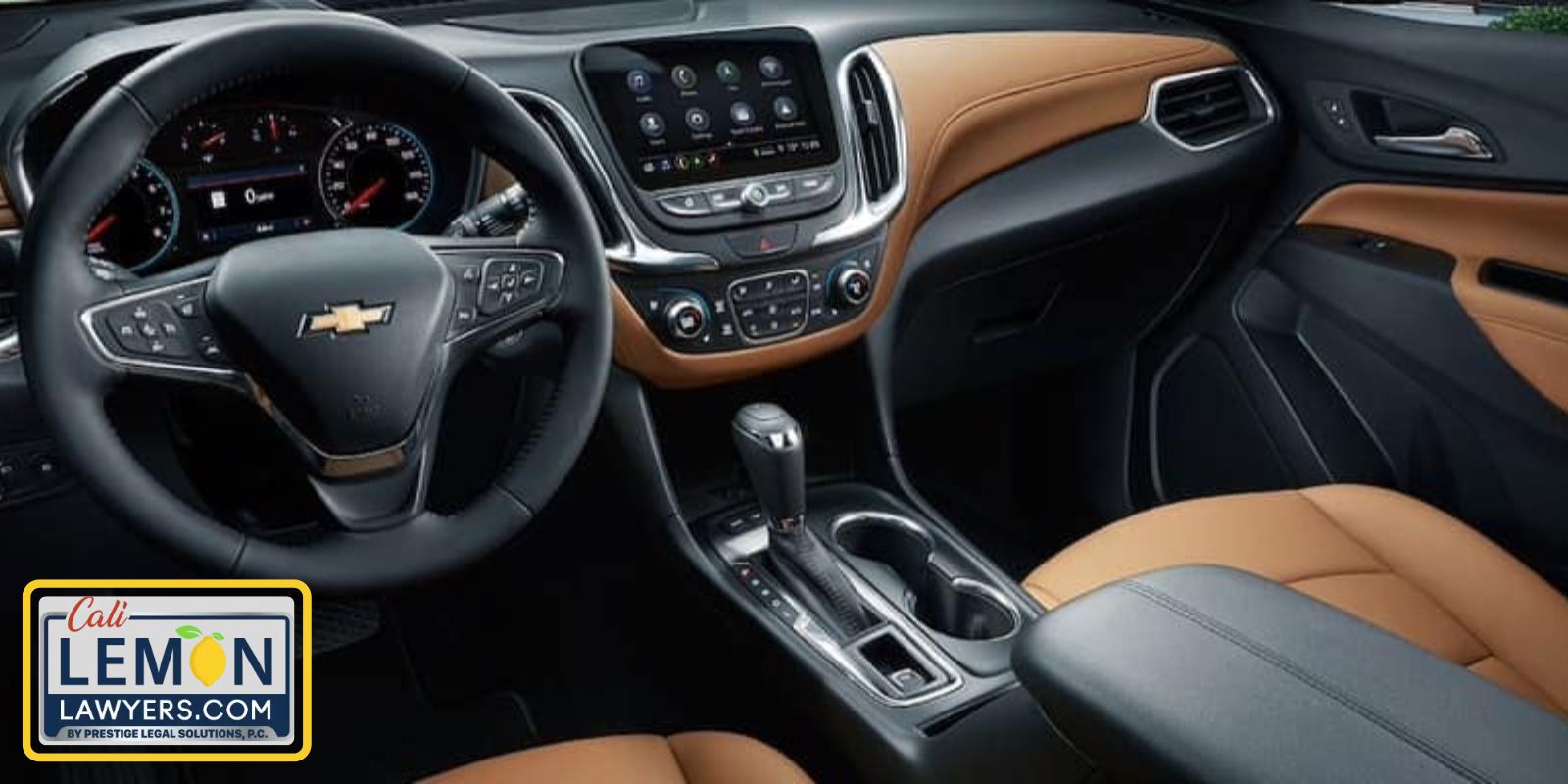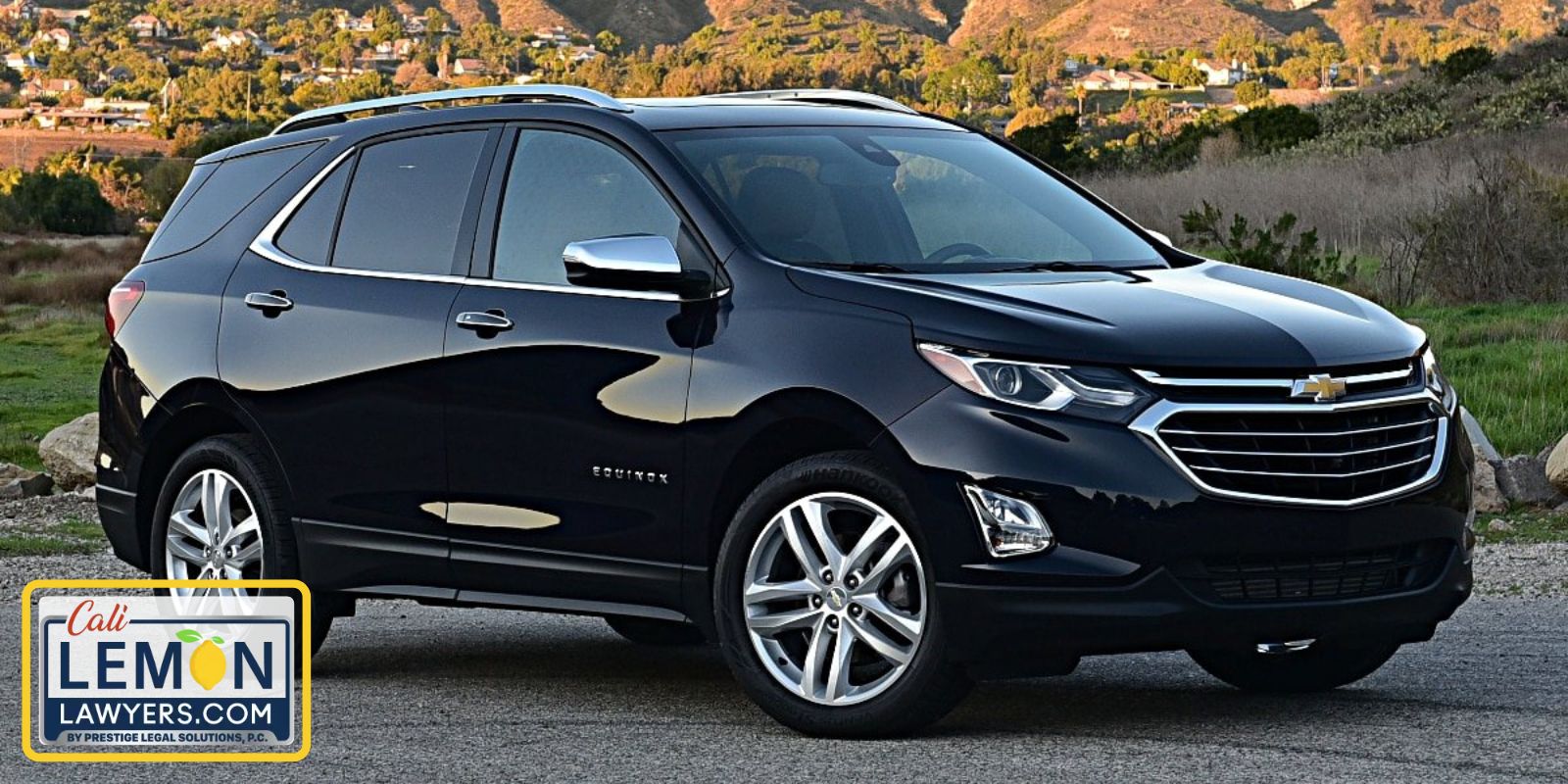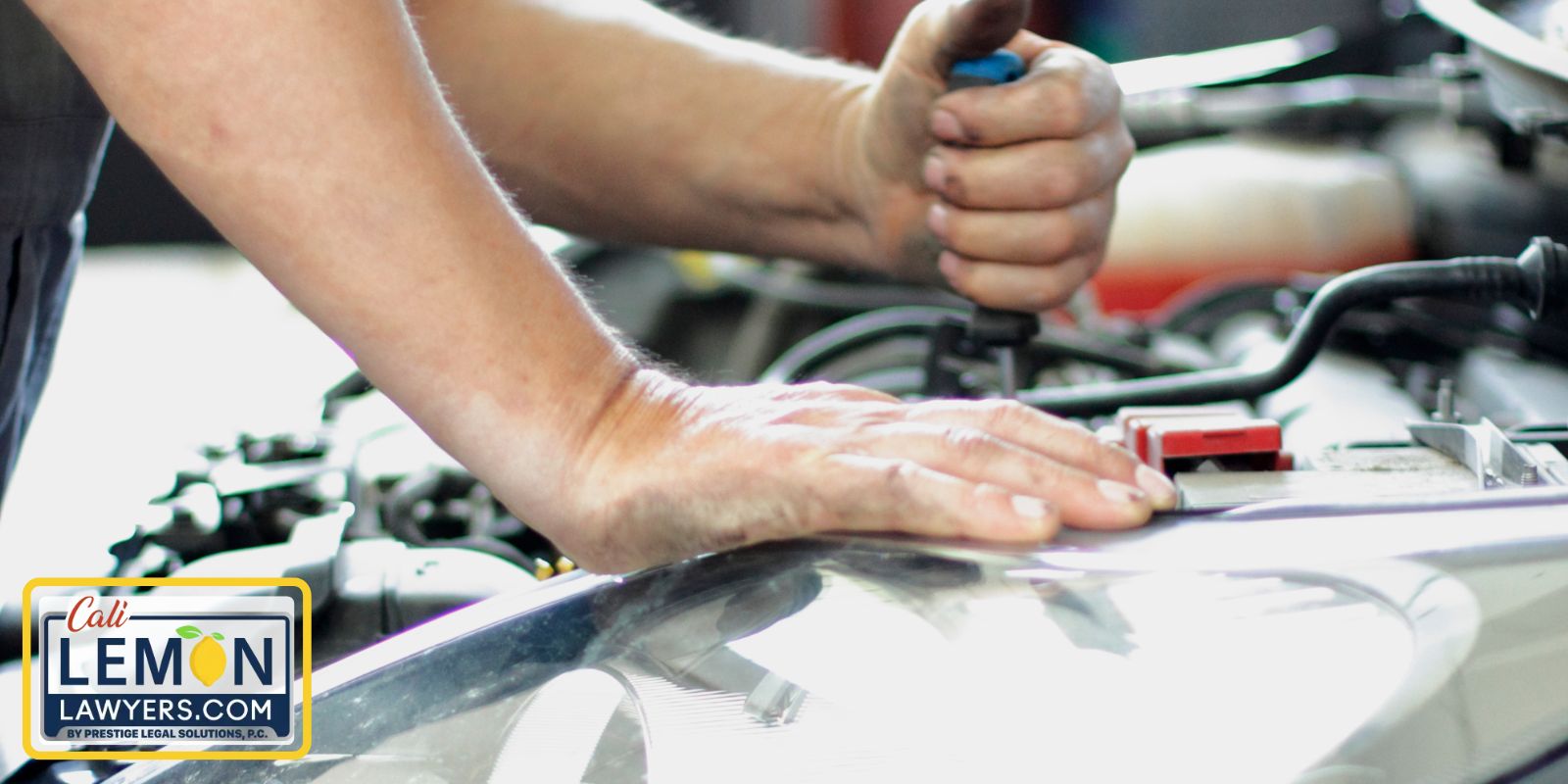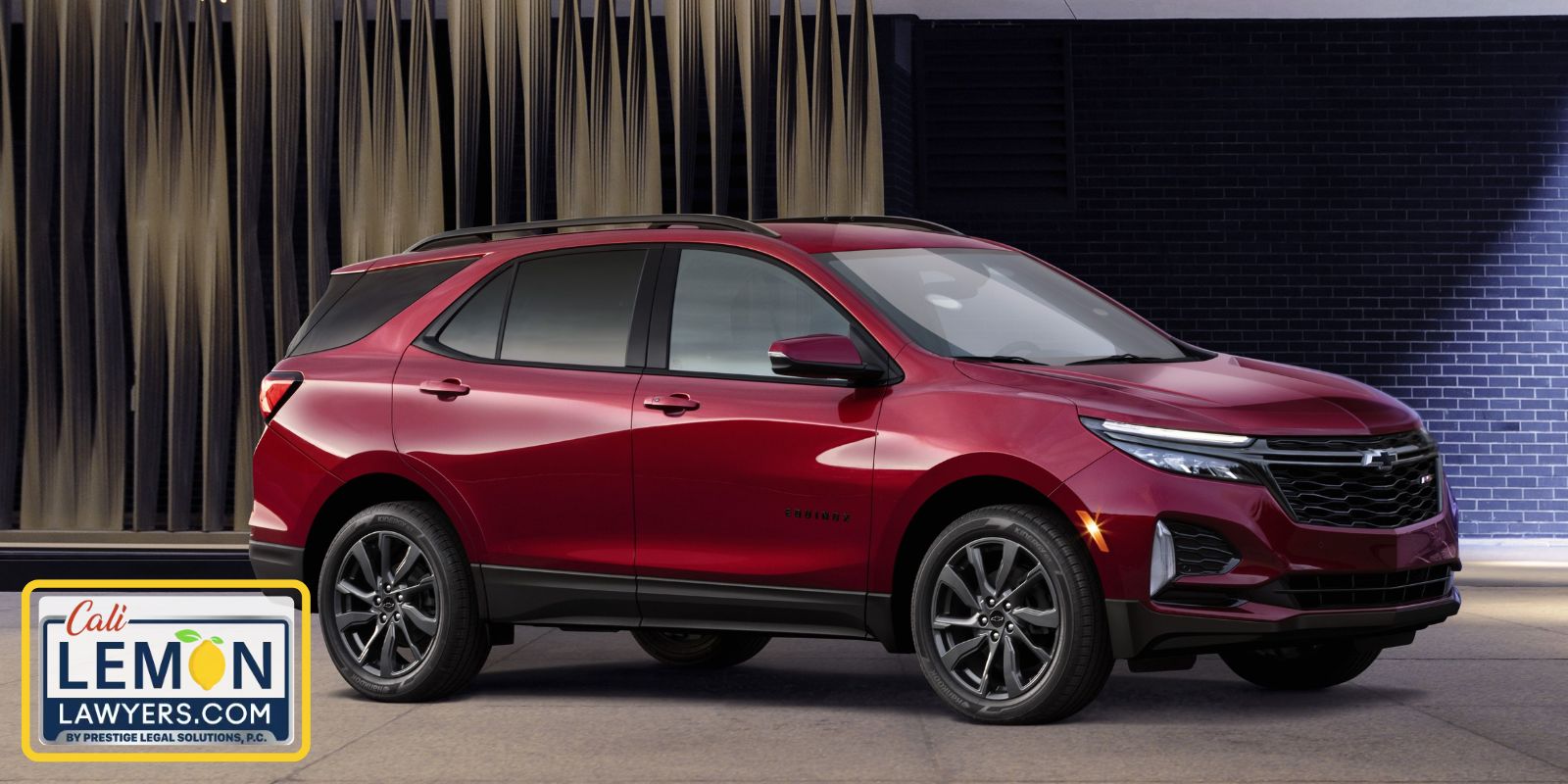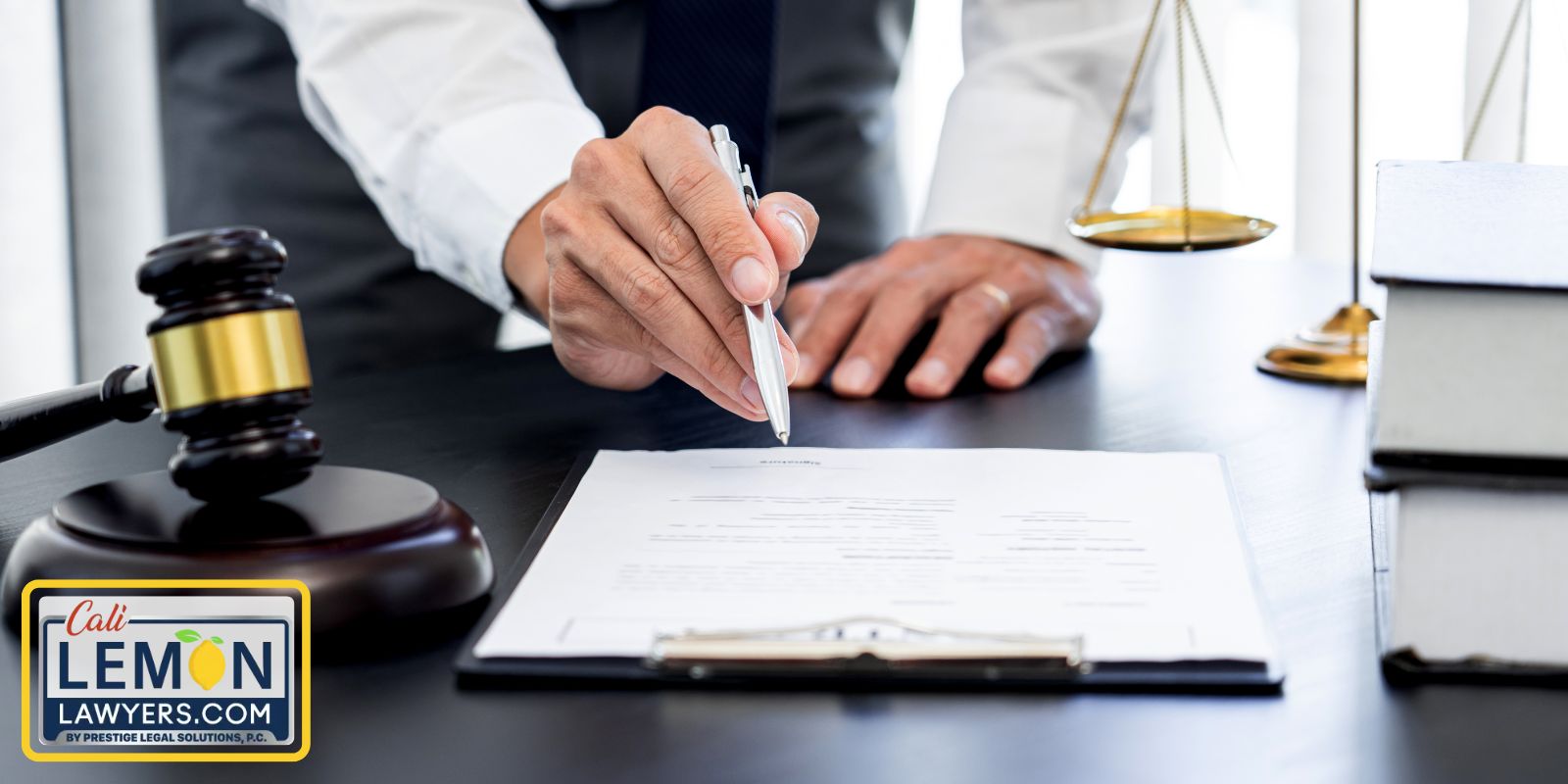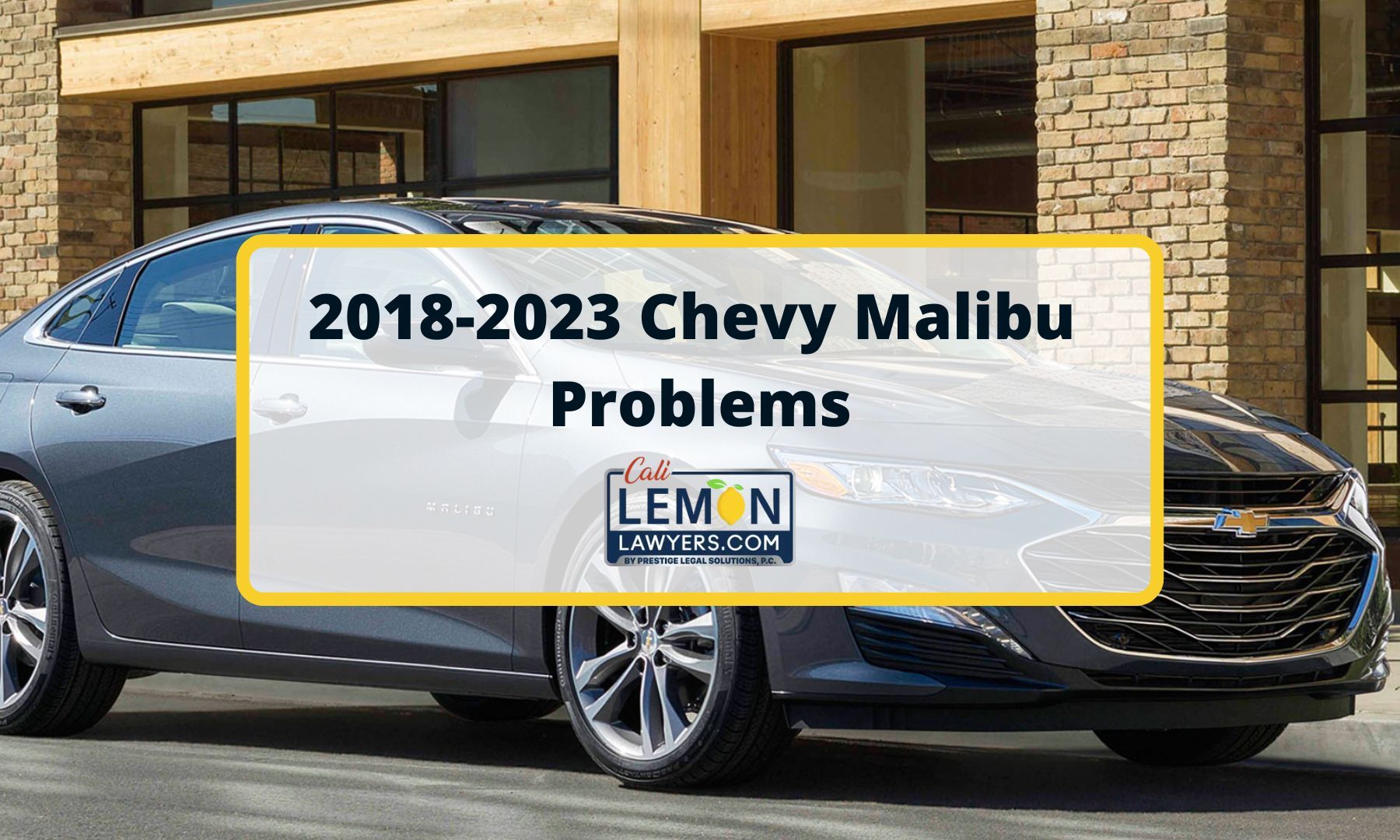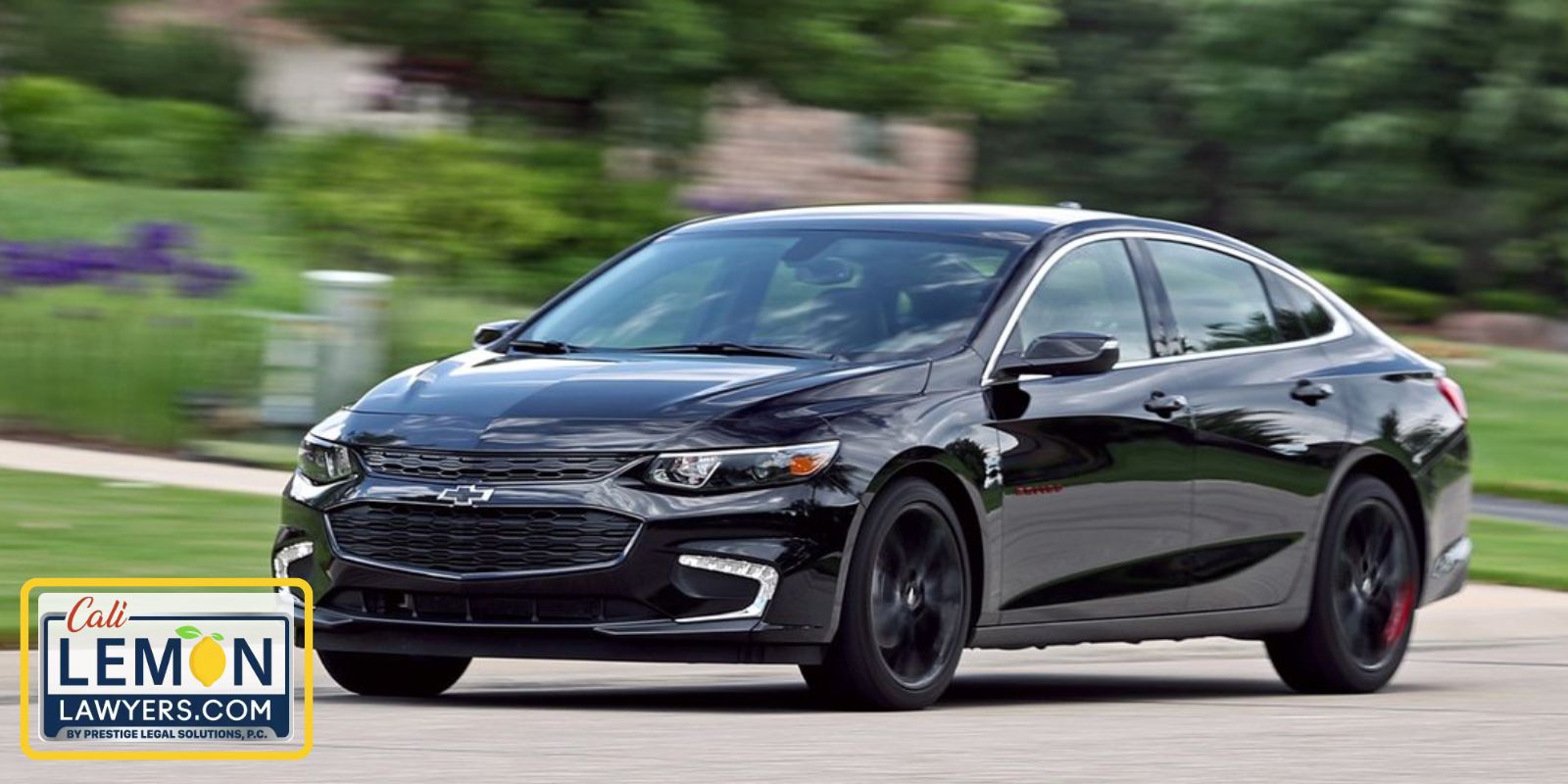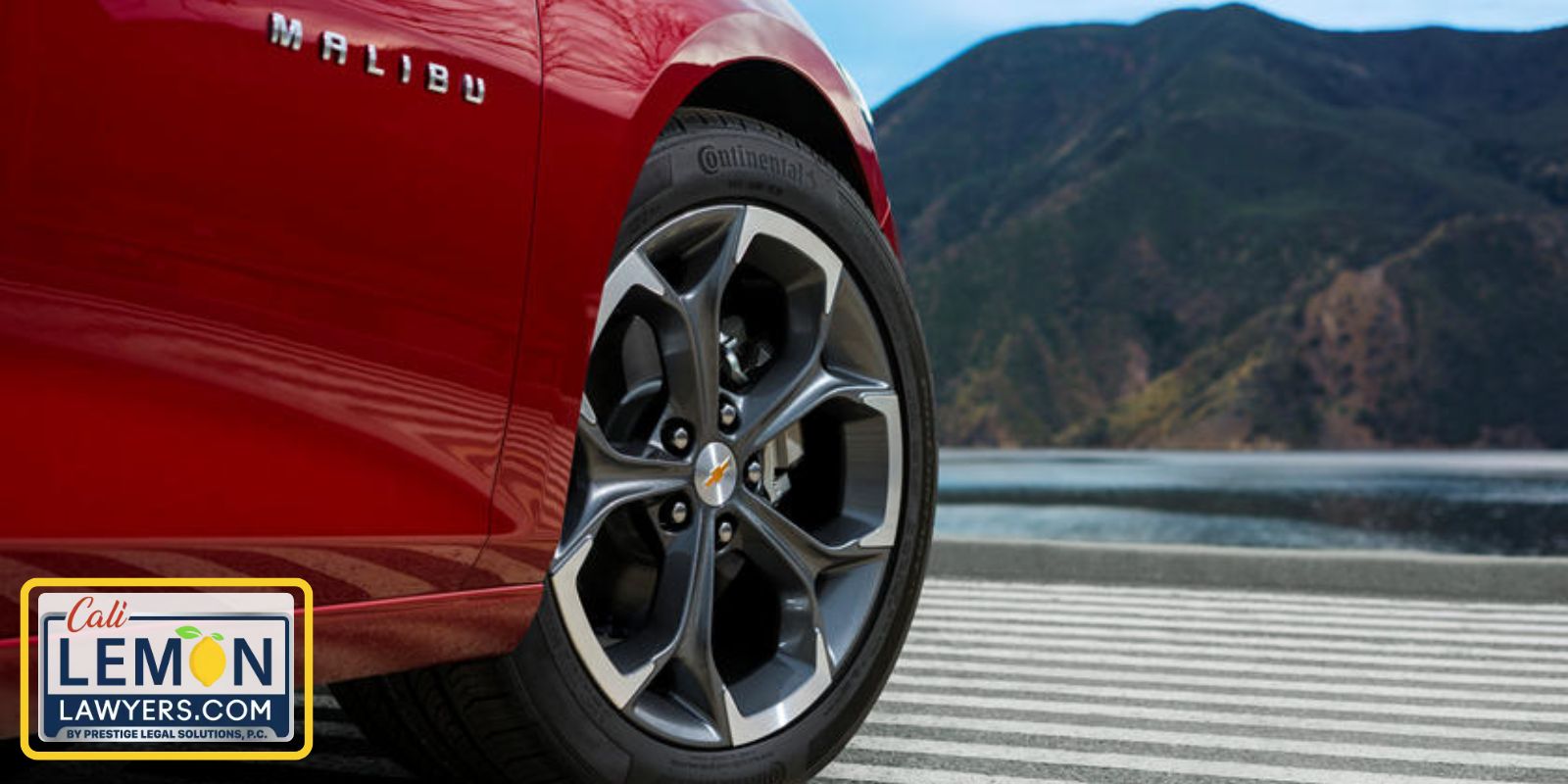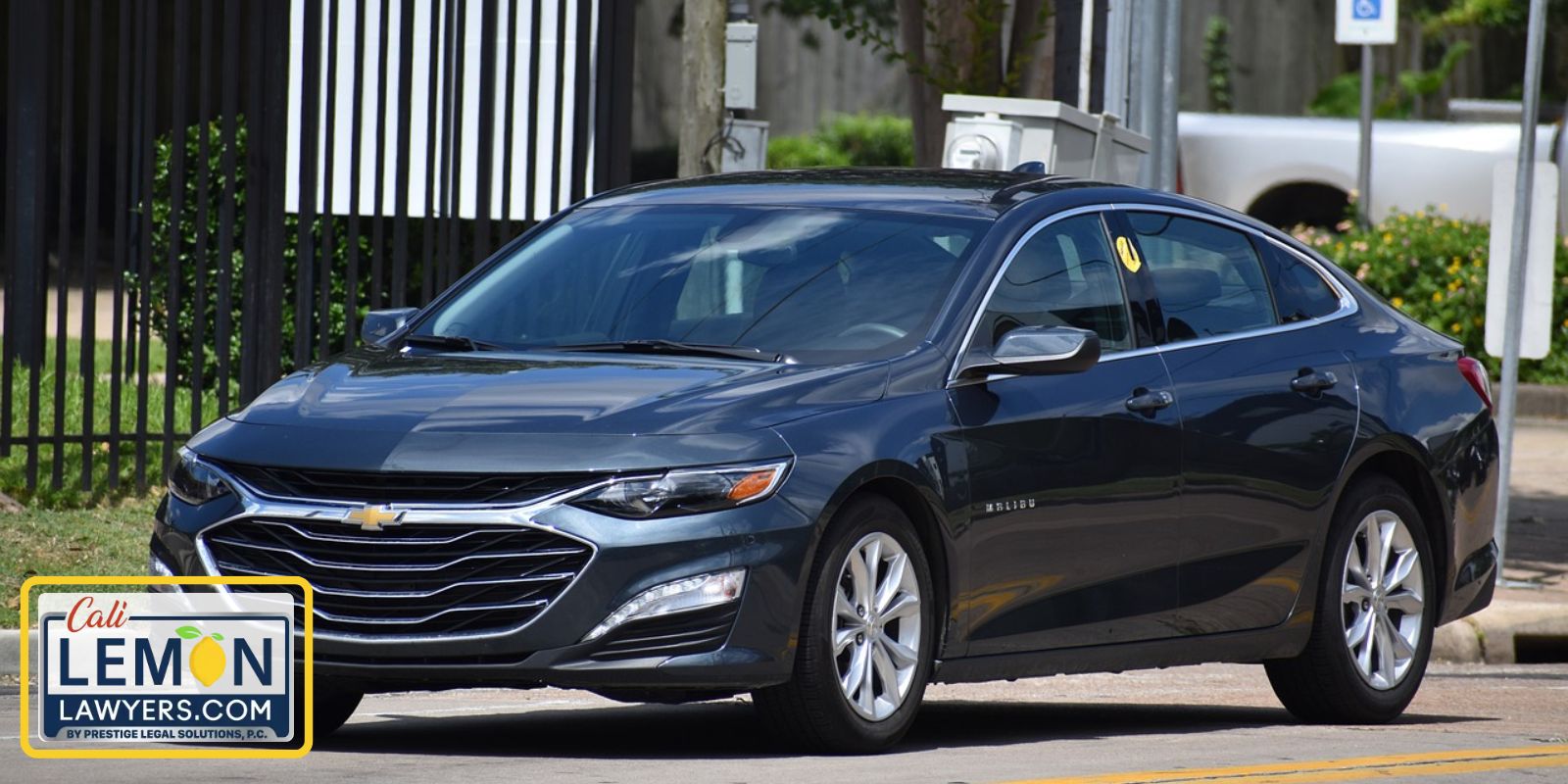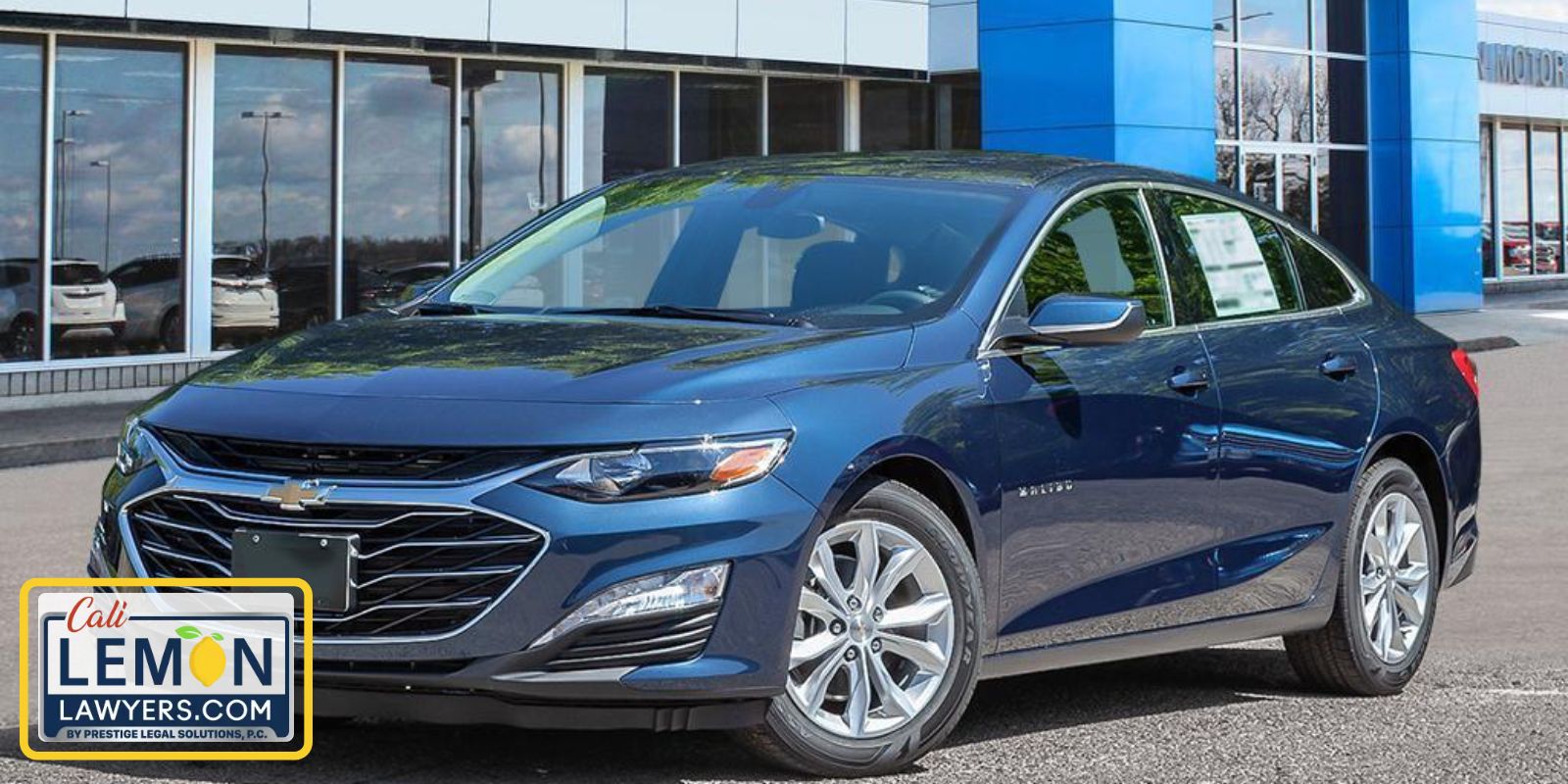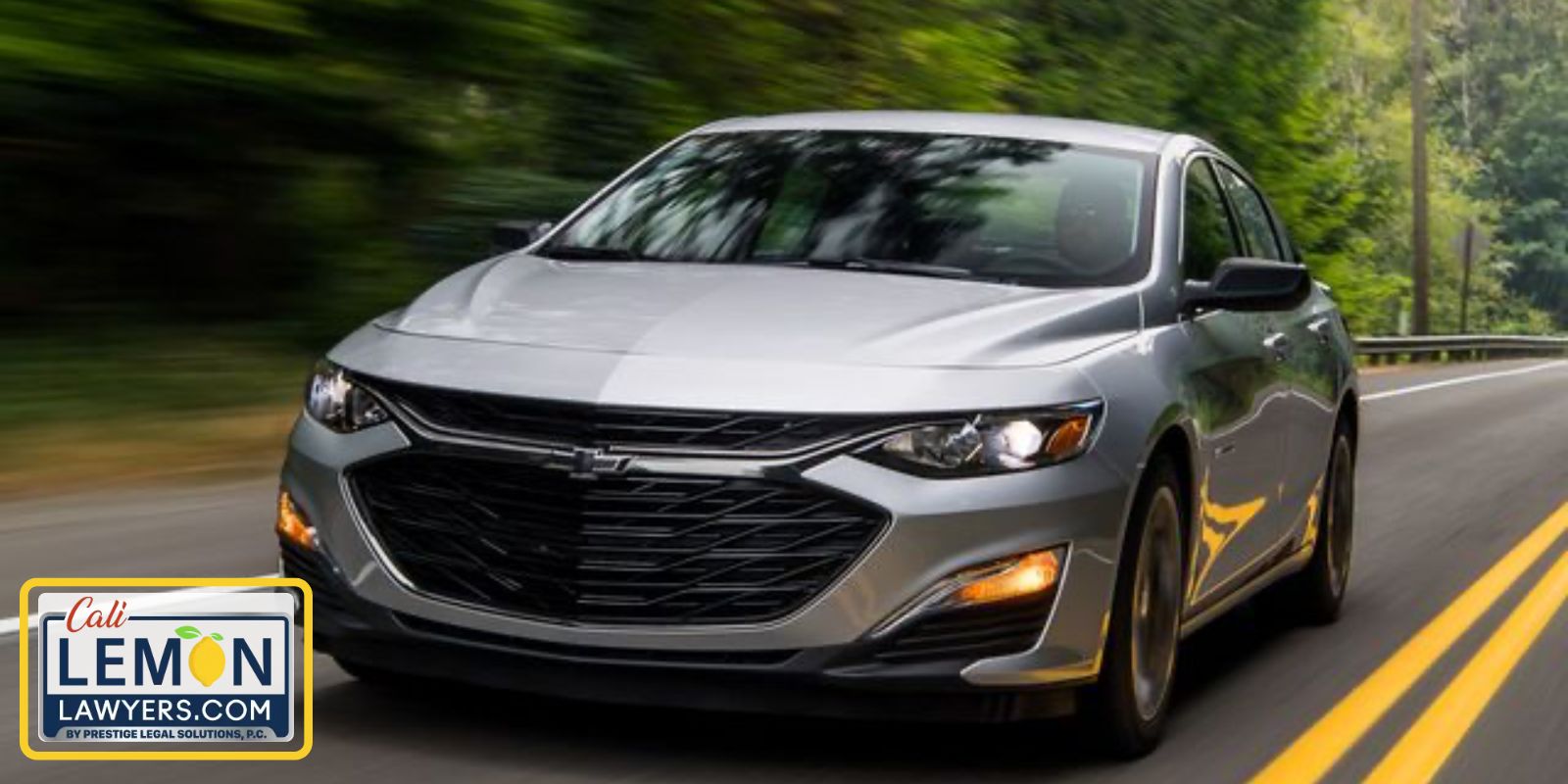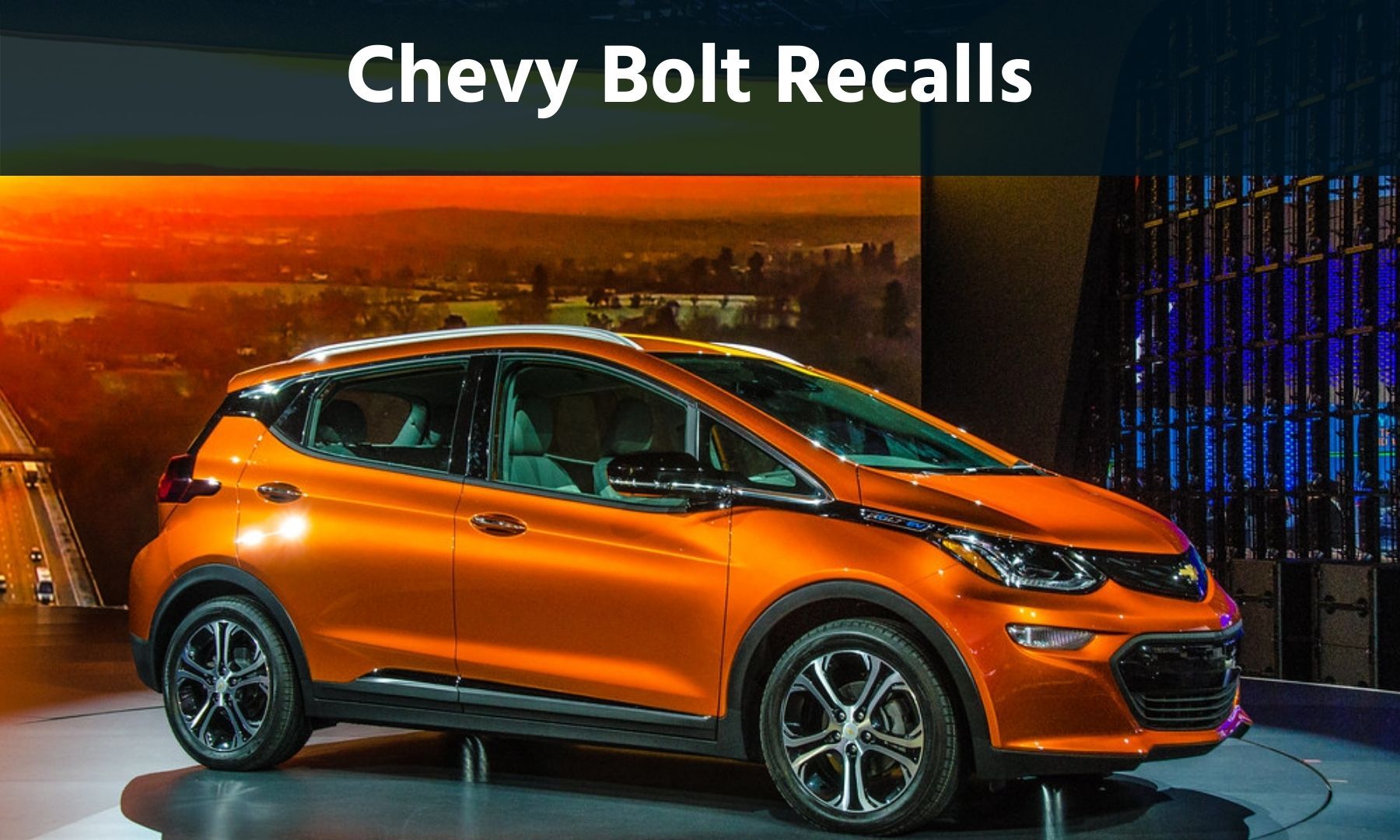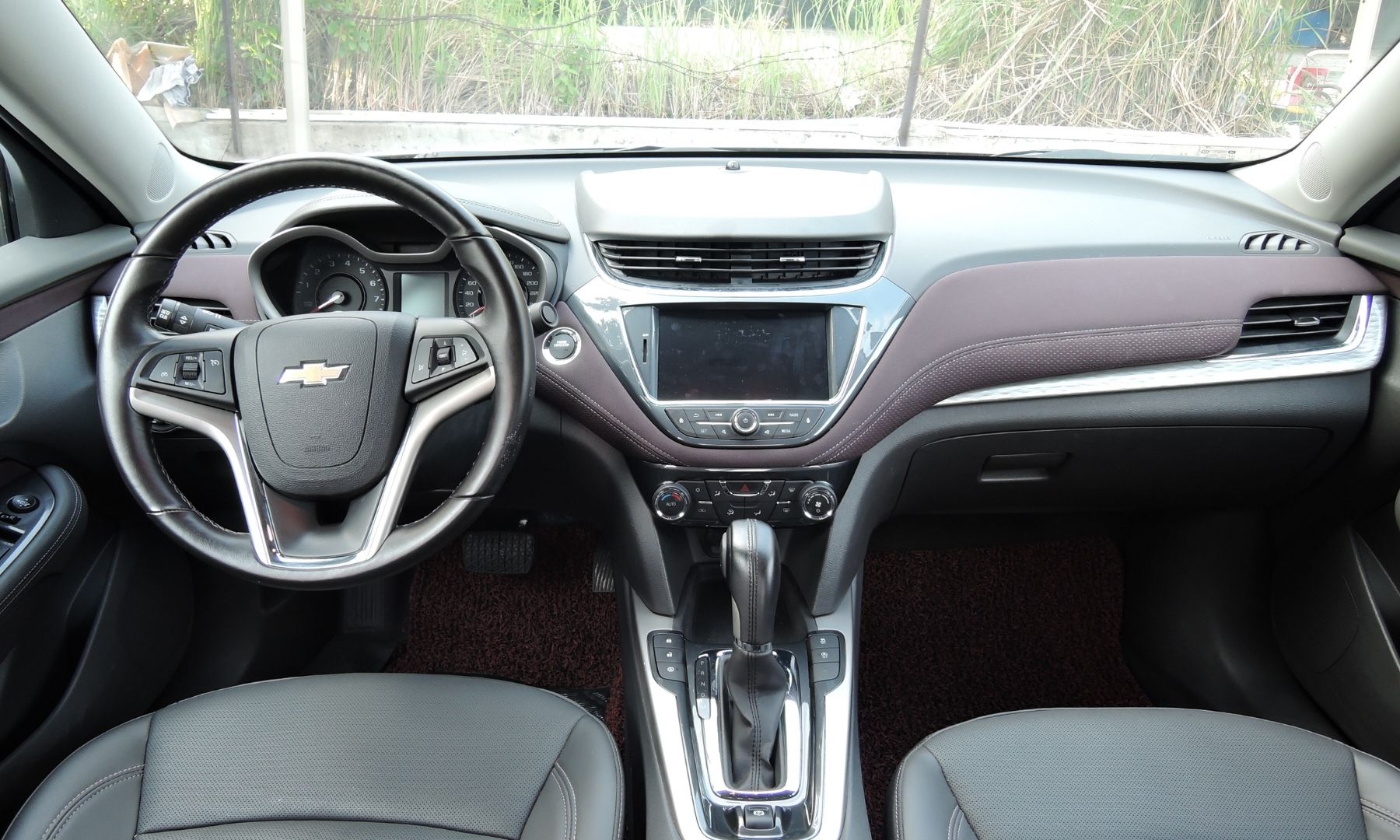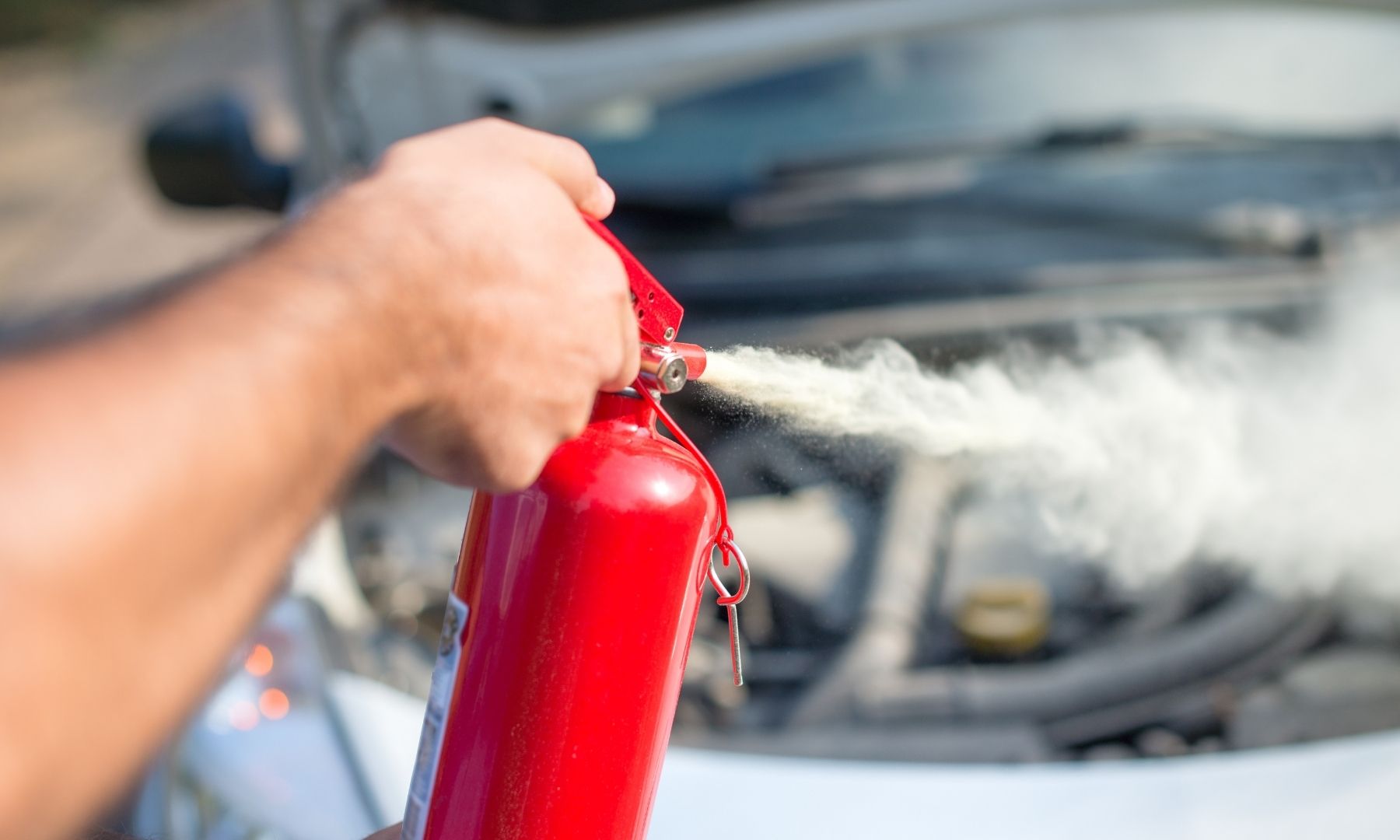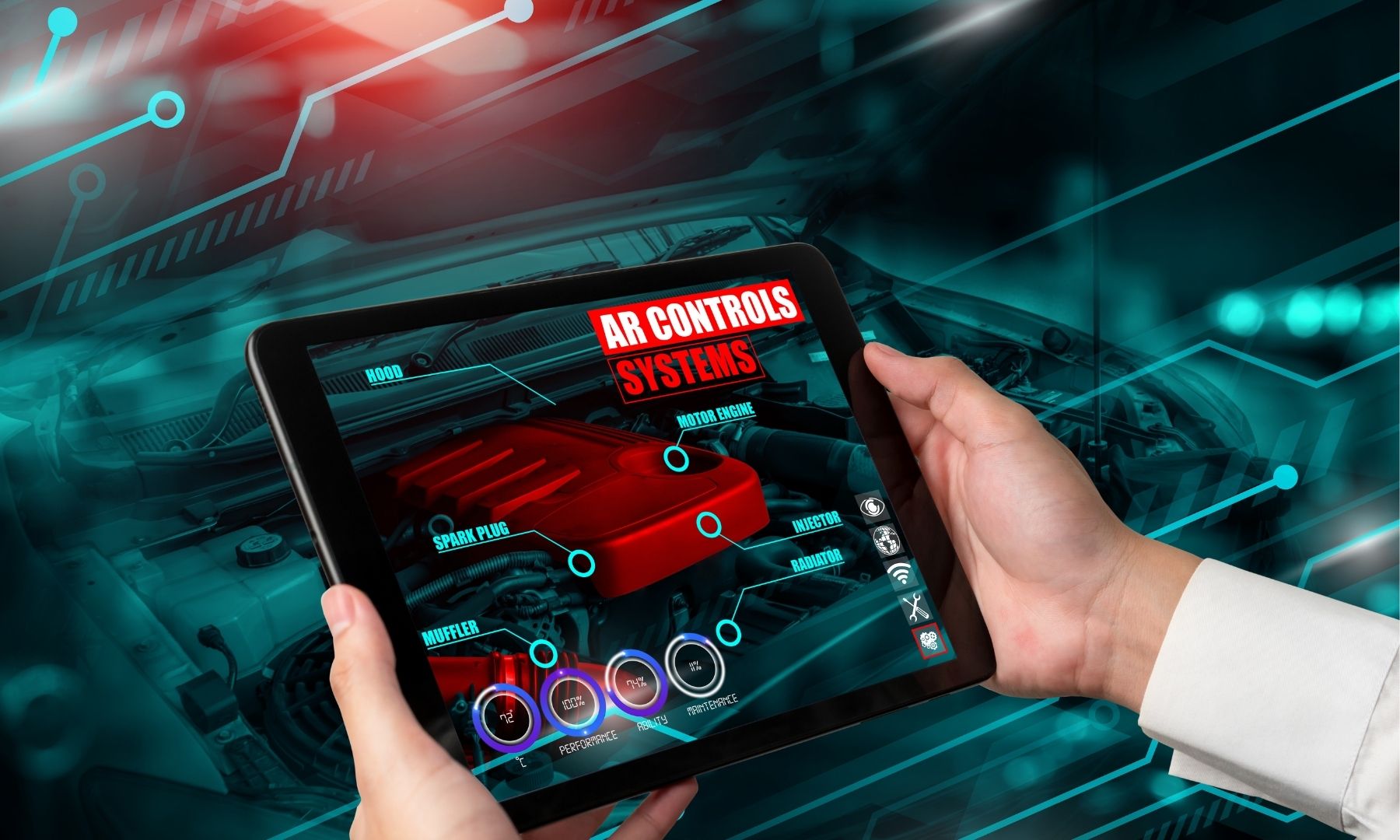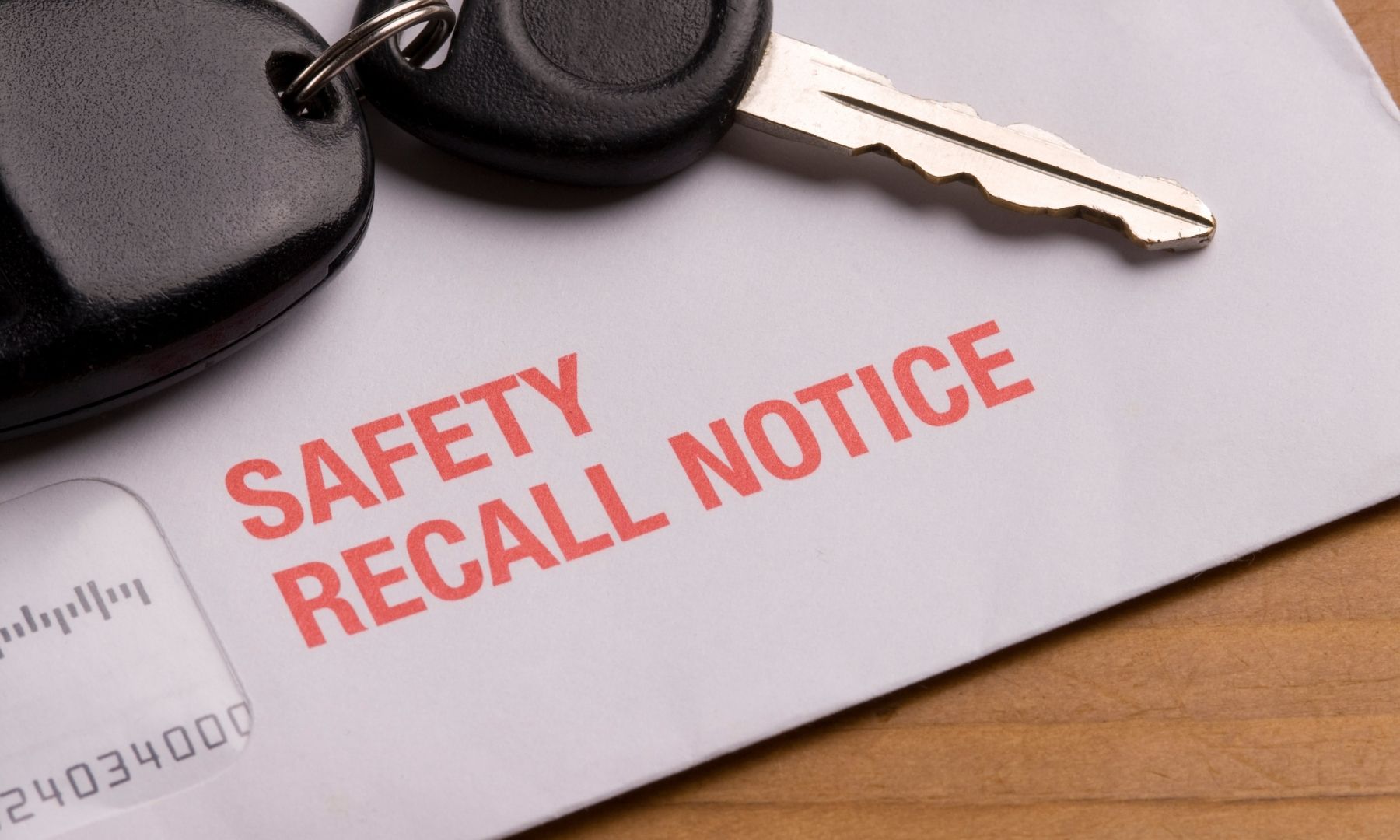Forward Emergency Braking System Warning Light – Nissan Rogue
The Nissan Rogue is a popular SUV that has been plagued by a serious safety issue: the Forward Emergency Braking (FEB) System Warning Light. Over 1,700 Rogue owners have reported that their FEB systems have activated unexpectedly, even when there were no obstacles in front of the car. This has caused the cars to brake suddenly, which has led to accidents and injuries.
As of July 2023, the more than 150,000 Nissan Rogues in the United States in 2023 alone. Nissan has not issued a recall for the FEB system warning light issue, but the company has released a technical service bulletin (TSB) that provides instructions on how to repair the problem. However, the TSB does not cover all affected vehicles, and some owners have reported that the repairs have not been successful.
In addition to the safety concerns, the FEB system warning light issue has also been a source of frustration for Rogue owners. Many owners have reported that they have been unable to get Nissan to fix the problem, even after taking their cars to the dealership multiple times.
The FEB system warning light issue is a serious safety concern, and it is important for Rogue owners to be aware of the potential risks.
If you have a 2017-2024 Nissan vehicle with malfunctioning automatic braking, your car may be a lemon. Contact us today to learn how we can help you receive compensation at no cost to you. ¿Hablas Español? Contáctenos ahora para recibir más información.
What Is Forward Emergency Braking?
The Rogue has been equipped with an automatic braking system called the Forward Emergency Braking System (FEB) in older models and the Automatic Emergency Braking System (AEB) in newer models.
The technology raises the accelerator pedal and applies the brakes when traffic slows suddenly. If an accident is imminent, the system warns you and lowers the brake pedal in order to reduce or even avoid impact, combining a warning system with automatic braking. It does this using a system of sensors to detect vehicles nearby.
However, many Nissan Rogue users had noted that their FEB warning light turned on, activating the car’s FEB system when there was no reason for the vehicle to slow down or stop. In 2018, a class-action lawsuit was filed against Nissan for problems with its FEB systems.
Nissan forward emergency braking warning light reset
There are a few things you can do to reset a Nissan FEB warning light. Start by trying the following:
- Turn off the engine and wait for 10 minutes.
- Turn the engine back on and drive the vehicle for a few miles.
- If the light is still on, you may need to take the vehicle to a Nissan dealership for further diagnosis.
Resetting the FEB warning light does not necessarily mean that the problem has been fixed. If the light comes back on, you should take the vehicle to a dealership as soon as possible.
Here are some additional tips for handling a Nissan FEB warning light reset:
- If the light comes on while you are driving, do not panic. Pull over to a safe location and turn off the engine.
- If the light comes on after you have hit something, it is possible that the FEB system has been damaged. Take the vehicle to a dealership for inspection.
- If you have recently had the FEB system serviced, the light may come on as a result of the service. If you are unsure why the light is on, contact your dealership.
Why These Malfunctions Need to Be Taken Seriously
Automatic braking is a significant technological advancement in car safety when it functions properly. Like air bags, automatic braking is a safety feature designed to prevent a car from hitting another vehicle by slowing the car down if it detects a nearby object.
However, when it behaves erratically and abruptly stops the vehicle for no apparent reason, it puts both the vehicle’s occupants and any pursuing motorists in danger of colliding with the vehicle. This problem also prompts some owners to switch off the brake system when they start the ignition, therefore removing its possible safety benefits.
According to complaints recorded in the NHTSA database, the AEB activated when there was no barrier in the car’s path. Many motorists have complained that the braking is often sudden or harsh, leaving them with no time to react.
Customer Complaints
The lawsuits filed against this manufacturing giant addressed several issues that were brought to the National Highway Traffic Safety Administration. These issues were not just in Rogue models but also in other Nissan models. We have summarized some of these key issues below.
1. Inclement Weather Conditions trigger the Forward Emergency Braking System
Warning Light Turning on in Rainy Conditions
One user in Florida complained that his 2017 Nissan Pathfinder had a problem with its FEB system when weather conditions were poor. The warning light would turn on even when there was nothing in front of him, despite the car being nowhere near its failure mileage.
This is dangerous for those behind the steering wheel because it can make the vehicle difficult to control in inclement weather and could potentially cause a collision. Several drivers reported the same issue.
Emergency Light Turning on in Snowy Conditions
Another driver of a brand new 2020 Nissan Rogue reported that his wife’s car braked suddenly at full force, which caused the car to slip and go over the curb. Before the crash occurred, the car indicated a malfunction in the front radar and rear-ended radar. Had this incident happened on a busy highway, the driver could have been killed, making these malfunctioning systems potentially life-threatening.
2. Strange Noises
Another Florida driver of a 2018 Nissan Rogue filed a complaint that his vehicle made strange noises when the FEB system malfunctioned. The driver indicated that the emergency braking system had been activated four times during a 75-mile trip for no apparent reason.
There were no railroad tracks or other obstructions in the way that could have activated the FEB. The driver indicated that it sounds like you’re traveling over rumble strips whenever this happens.
3. The Automatic Emergency Braking System Turns Itself Off
In North Carolina, a driver of a 2016 Nissan Murano reported that the emergency braking feature turned off spontaneously while the vehicle was in motion. In this case, these systems could only be turned on by stopping the vehicle, turning off the ignition, and turning it back on again.
4. The System Activates on Its Own
Several users reported that their car began to slow down, even when no visible barriers were present. This unexpected and needless braking can cause collisions, slowing the car down, which does not give rear drivers an opportunity to slow down in time.
5. Dealers Could Not Fix the Problem
An Illinois driver of a 2015 Murano, the vehicle’s emergency braking warning light illuminates, indicating that the sensor is not functioning and the emergency warning feature is not available. Additionally, users cannot access their adaptive cruise control features when this light turns on.
The user indicated that he or she experienced this problem since first purchasing the vehicle. A dealer attempted to fix the problem several times but was unsuccessful every time.
Several Nissan users who reported experiencing problems with their AEB systems did not get their problems solved when visiting their dealership. Some reported that the service manager replaced the sensor and the brake fluid with no notable improvements.
Additionally, users reported that the only possible solution provided in the owner’s manual was a trip reset, which did not solve the problem.
6. Cruise Control and Safety Shield Issues
Another Rogue driver reported that when he or she turned on the Safety Shield, the SUV applied the brakes when other vehicles were nearby.
Therefore, to keep the SUV from coming to a complete standstill, the driver must apply more gas. This particular user reported complaining to the dealer and cleaning the sensors and cameras regularly. However, this did not resolve the issue.
Additionally, the user also reported having a problem when using the cruise control option. When this feature is activated, the SUV attempts to brake automatically.
7. Random Activation of AEB Lights
One Rogue user indicated that the AEB light on his or her dash was randomly activated for three months. It flashed randomly before turning off. While driving beneath a bridge at 40 mph, the SUV began to slow down without the motorist applying the brakes. In this case, the user noted that his or her automobile did not come to a full, sudden stop, but it did reduce the speed significantly.
What Has the Manufacturer Done Following These Complaints?
With no urgency or assurance that owners be warned of a safety threat or afforded an opportunity to have the situation remedied, Nissan sought to tackle the issue of inadvertent braking by releasing a technical service bulletin to dealerships.
The repairs currently being offered to customers are only covered under warranty for a limited period. They do not offer the same level of consumer protection as a national recall. As you may have already noticed, the manufacturer has not done enough to repair these safety features, which means that motorists may still be in danger.
Your Rogue May Be a Lemon
Owners who spend a large amount of money on a Rogue SUV may be disappointed when they realize that the safety features they pay extra for can cause an accident instead of preventing one. If this is you, and you have tried and failed to get the manufacturer or dealer to remedy the problem, you need a reliable lawyer on your side.
Our lemon law attorneys can put pressure on manufacturers to repair your Rogue at no cost to you. Our lawyers are only paid when they win your case, so contact us today to book your free consultation!
More Nissan Lemon Law Posts
Nissan Armada BCI Malfunction
Nissan CVT Transmission Problems

